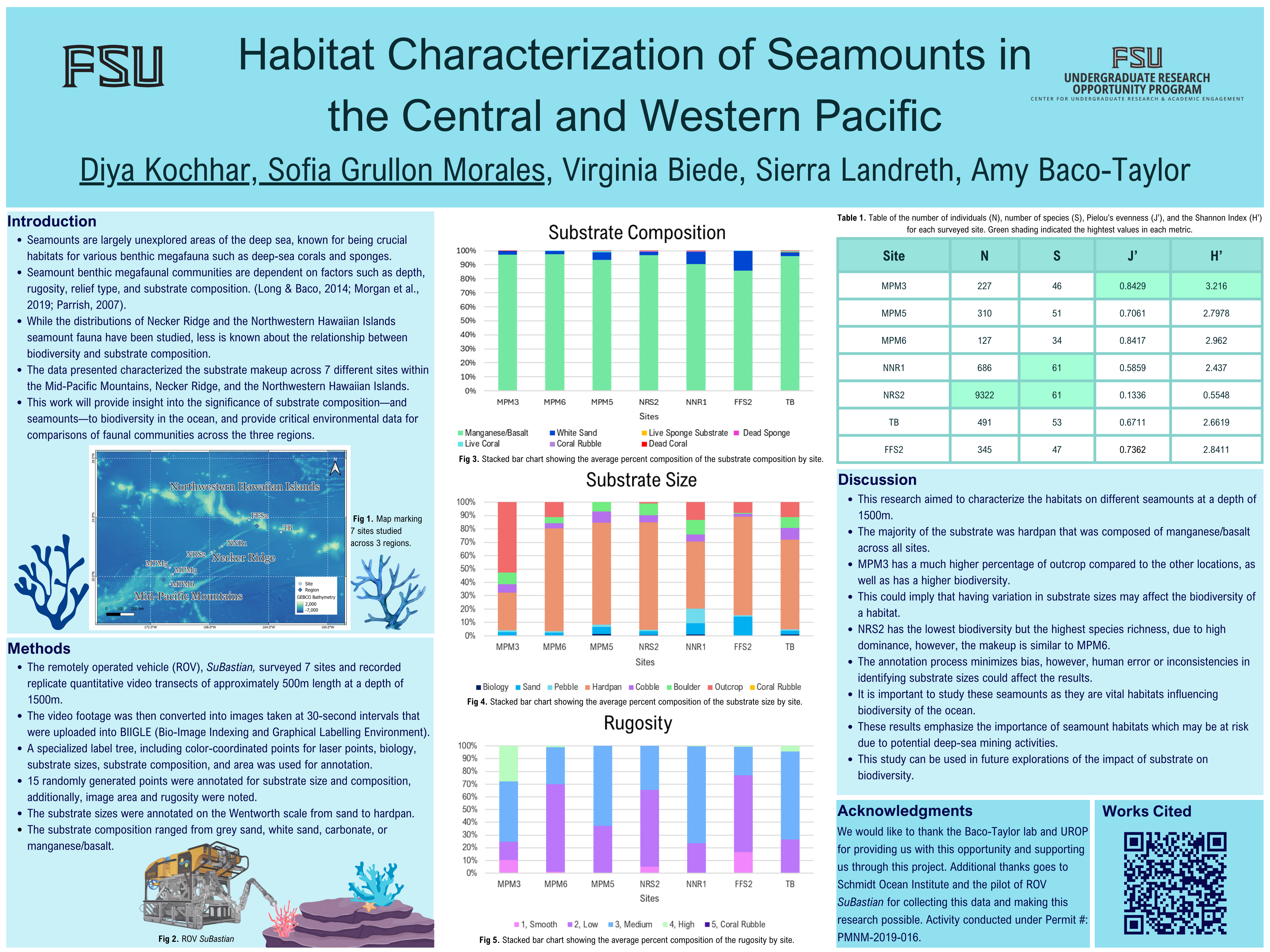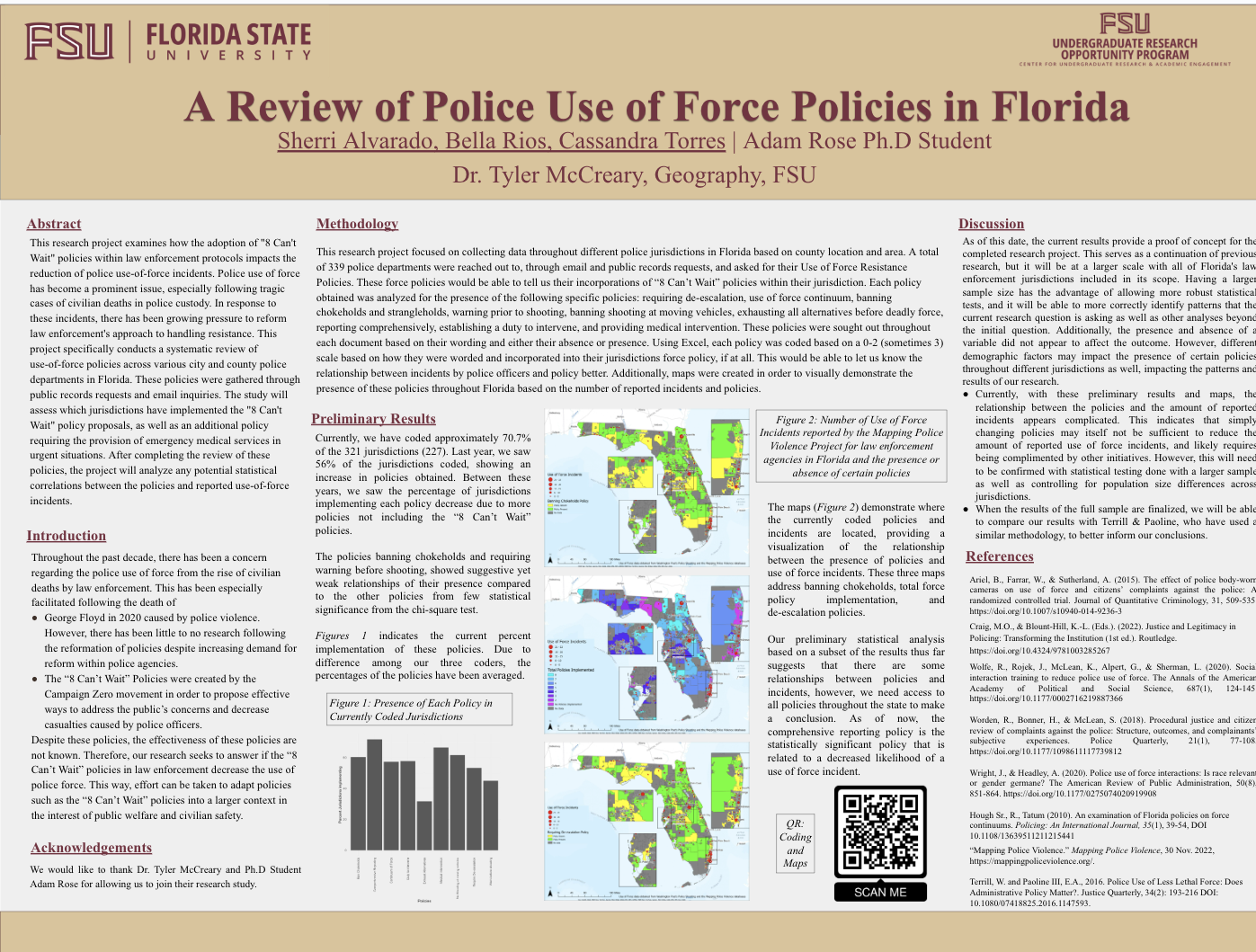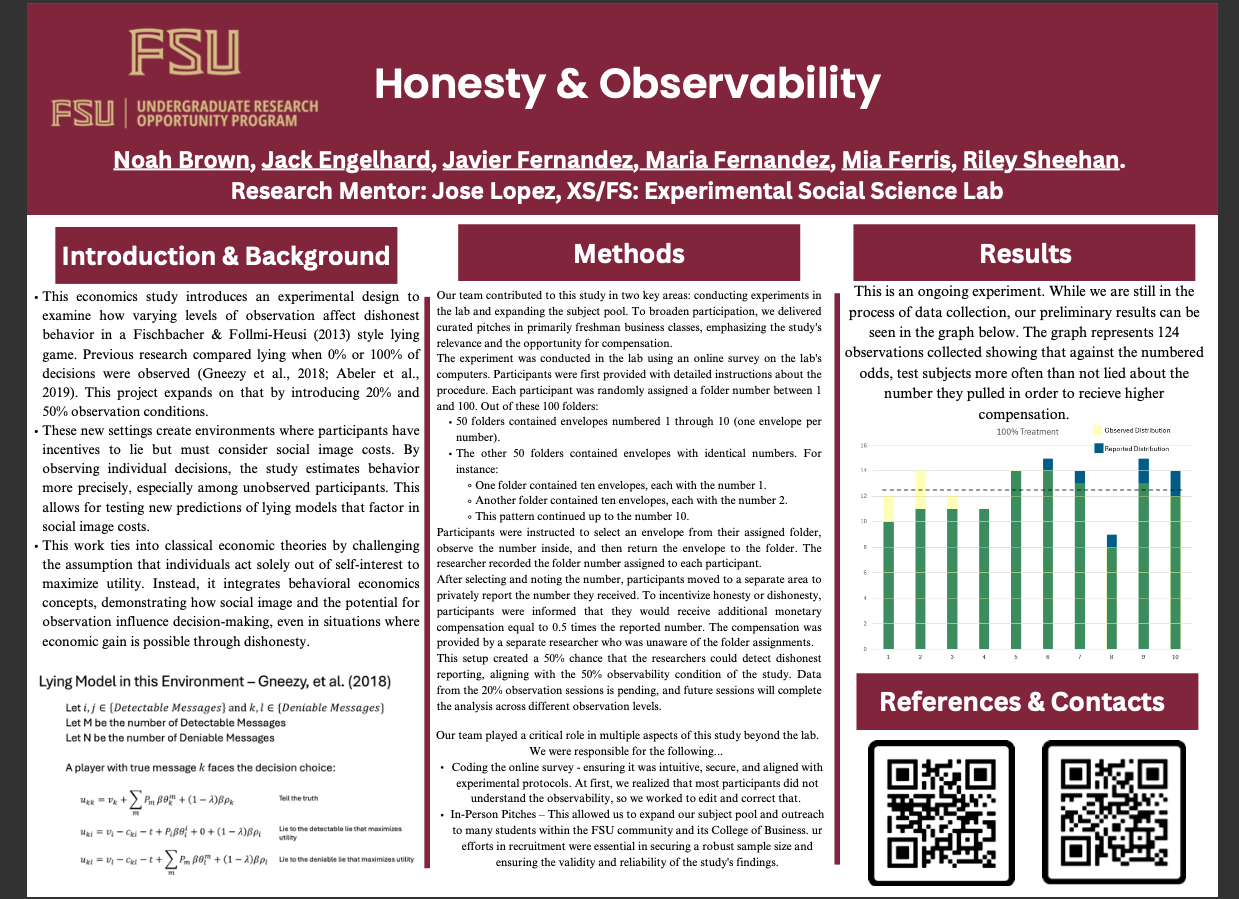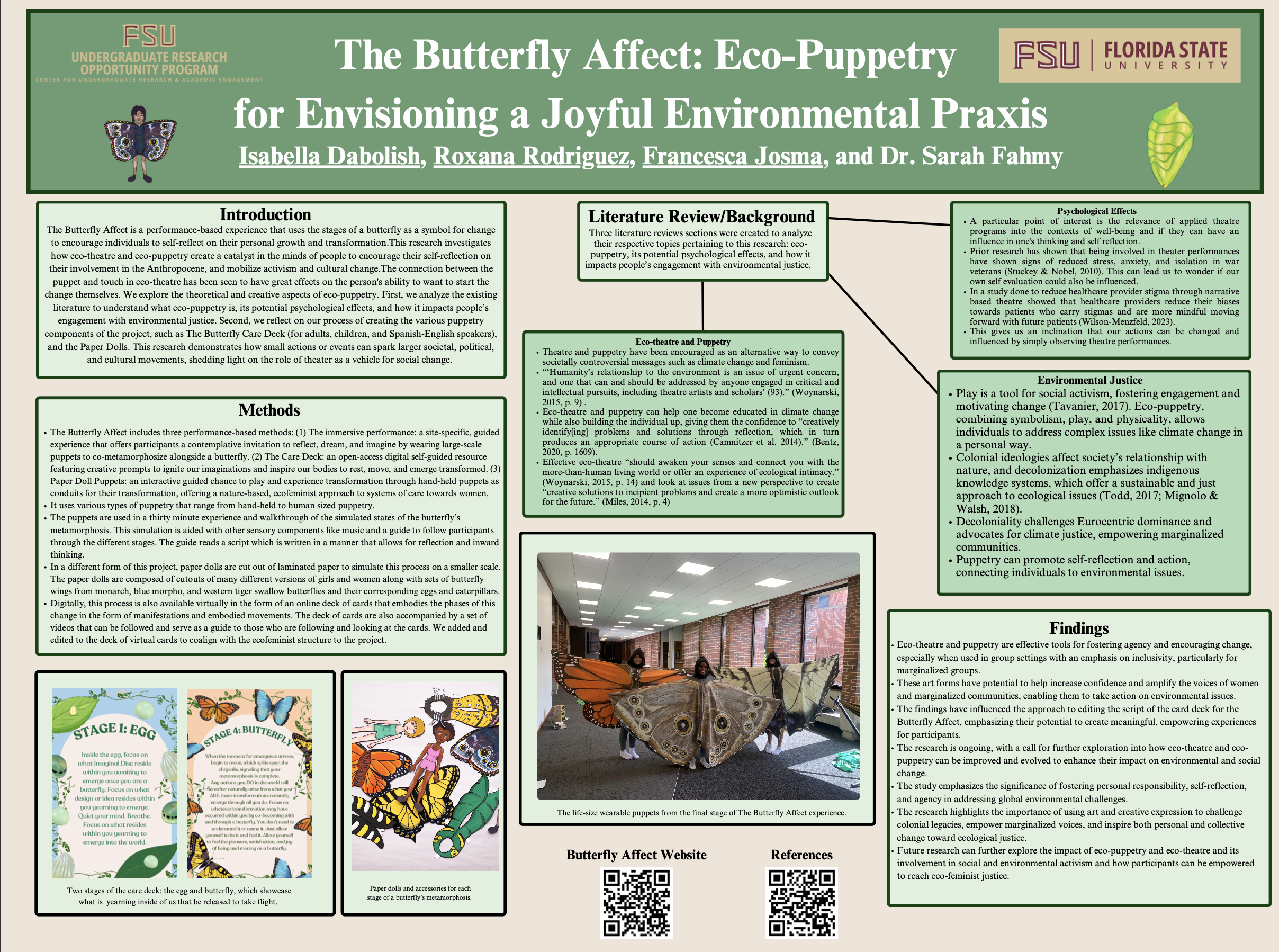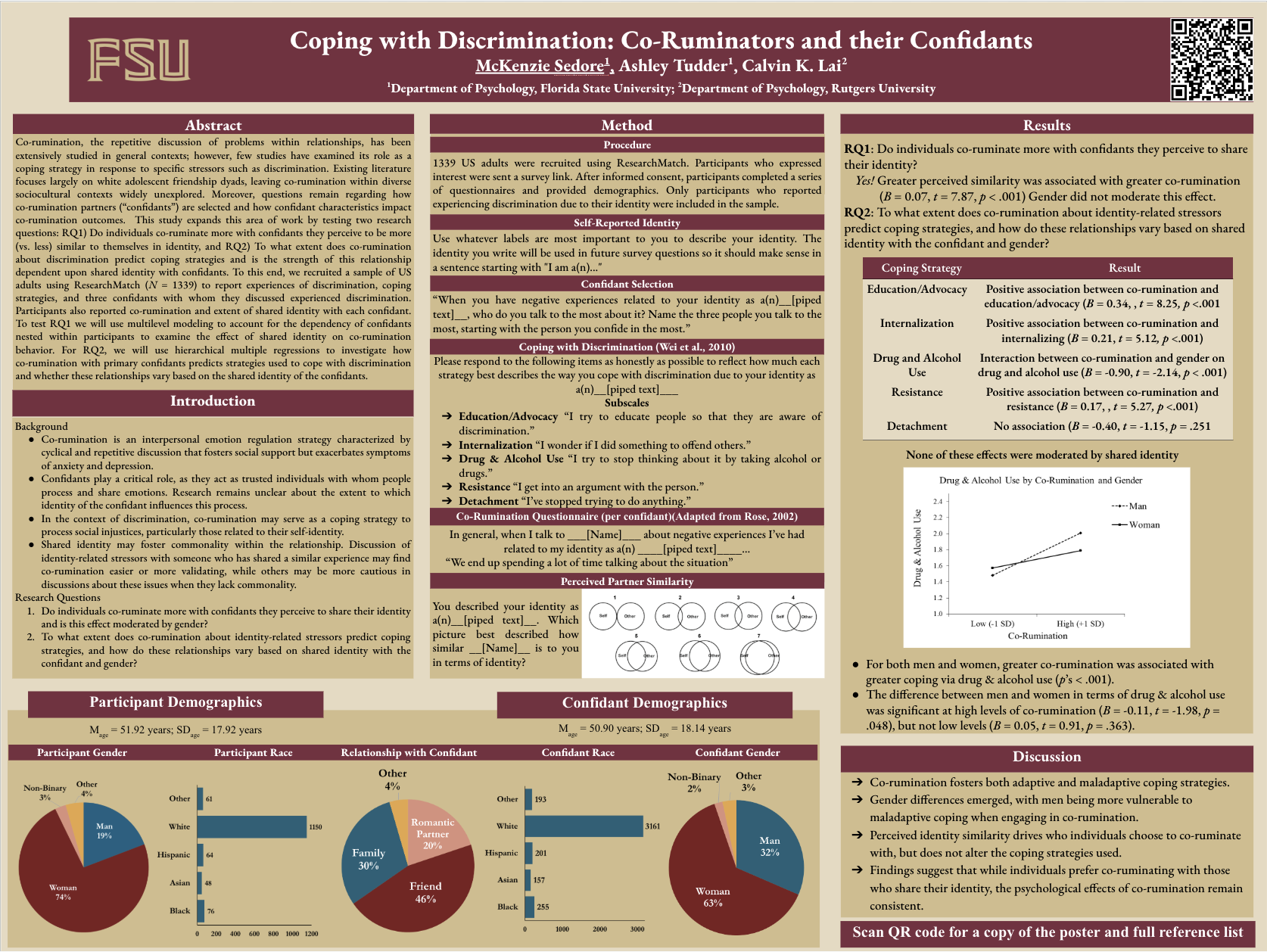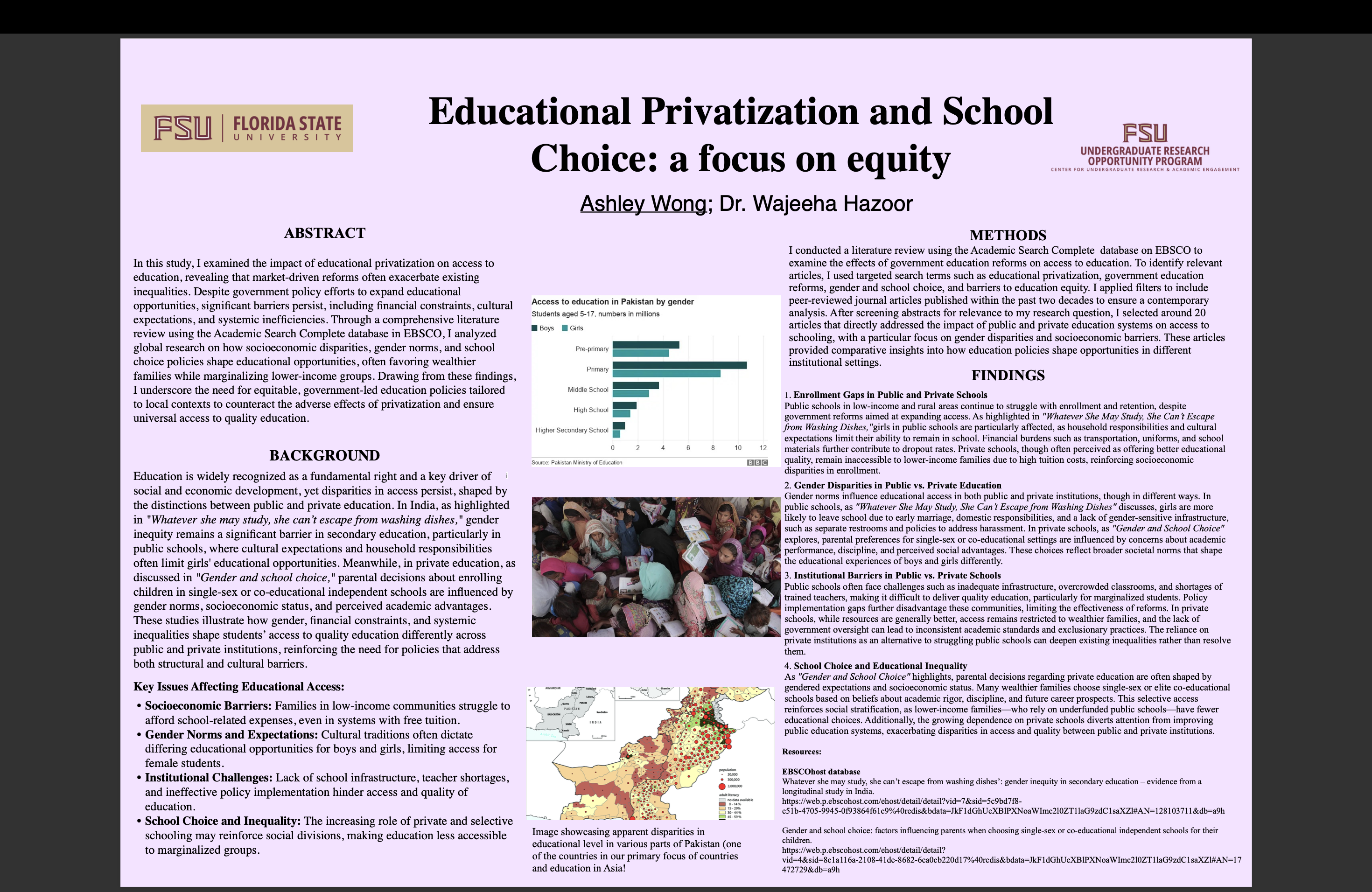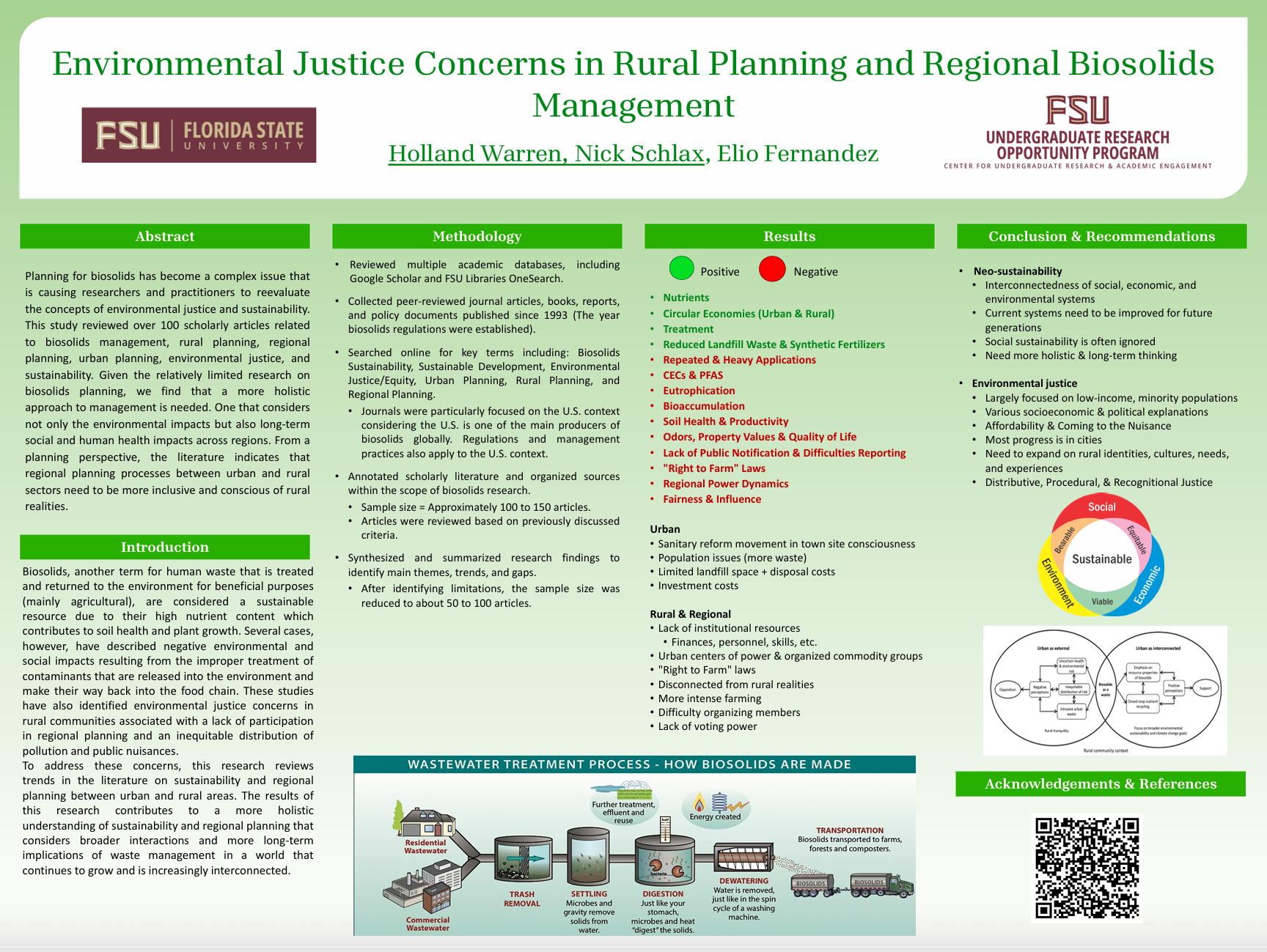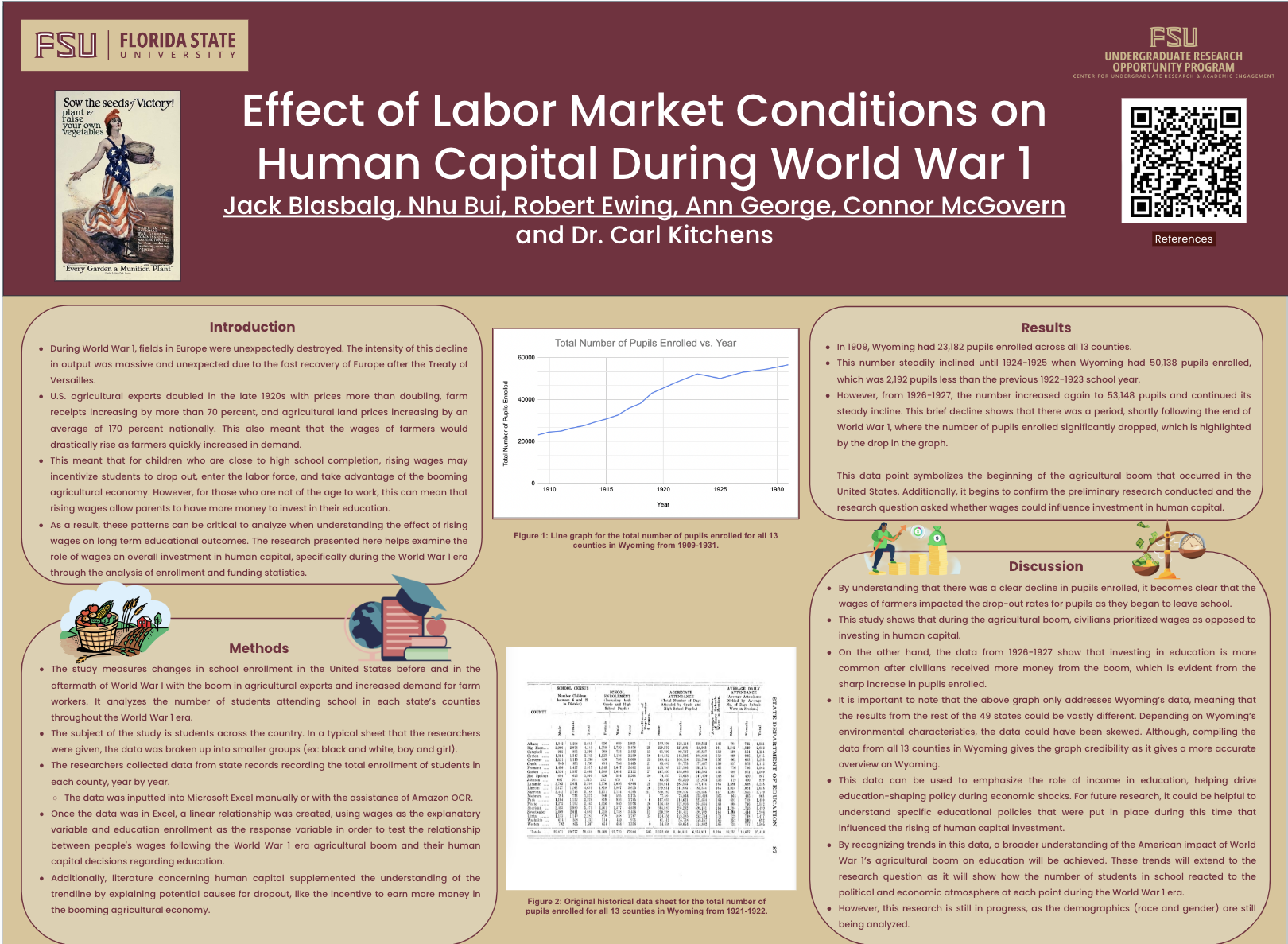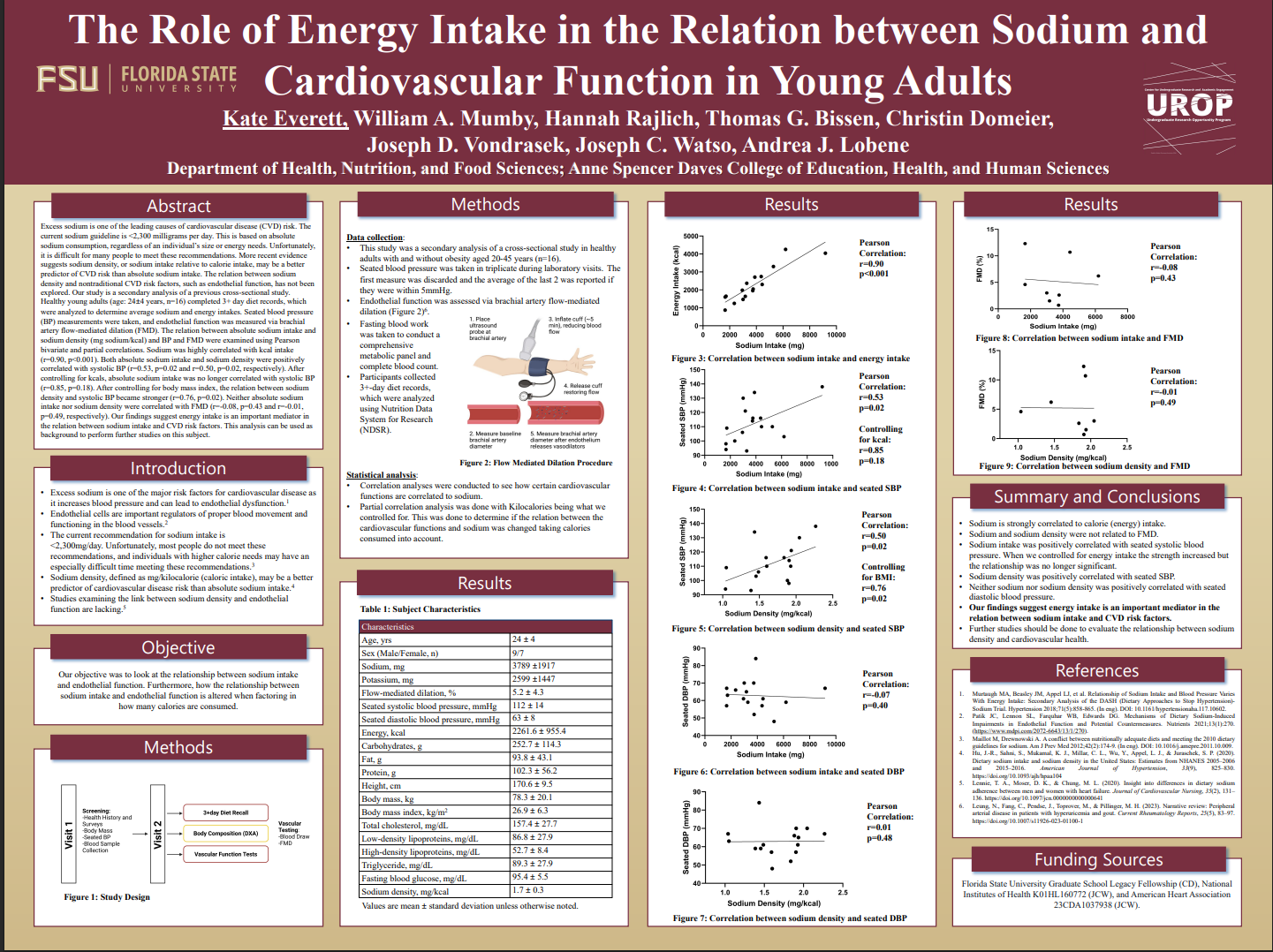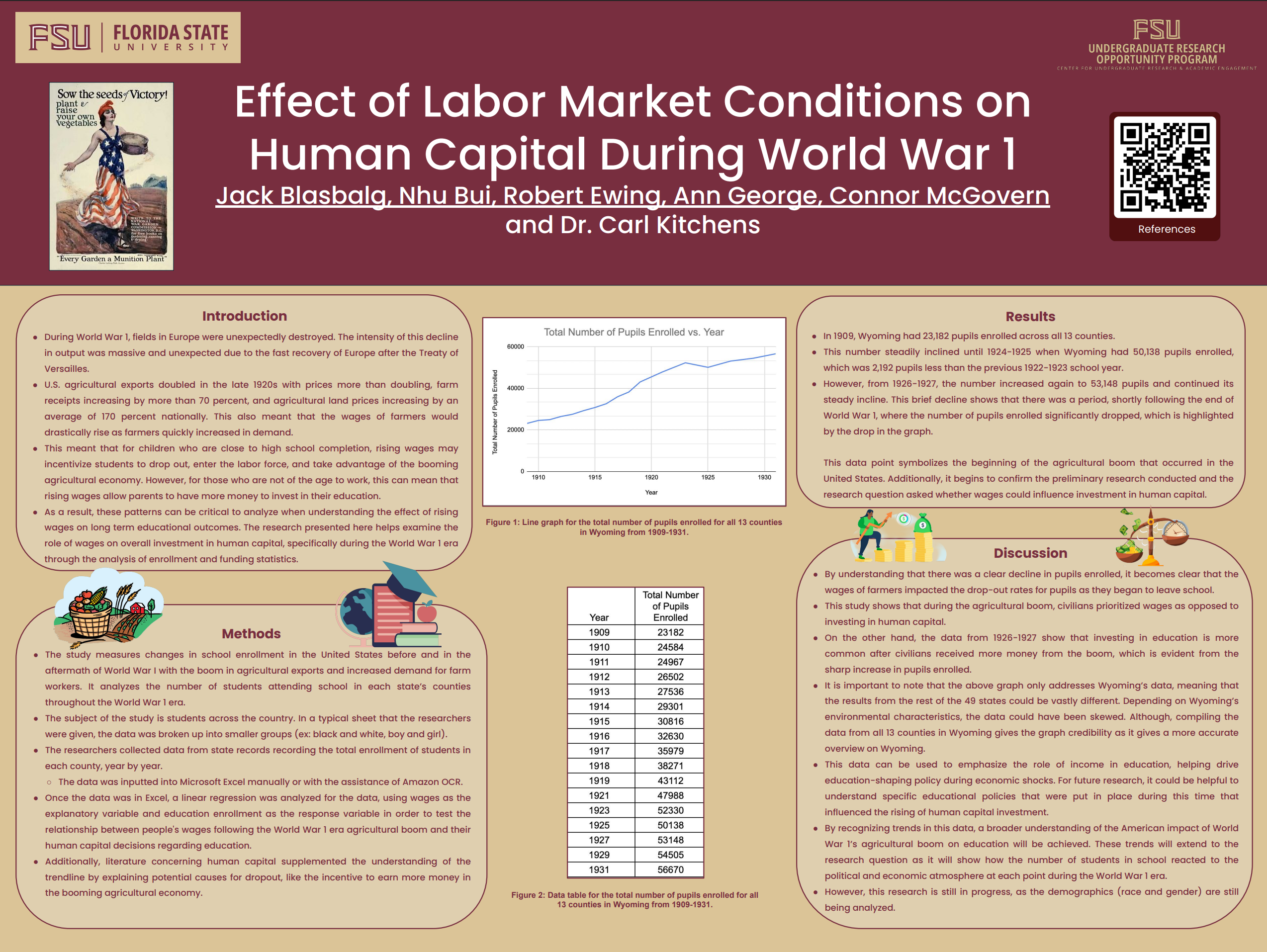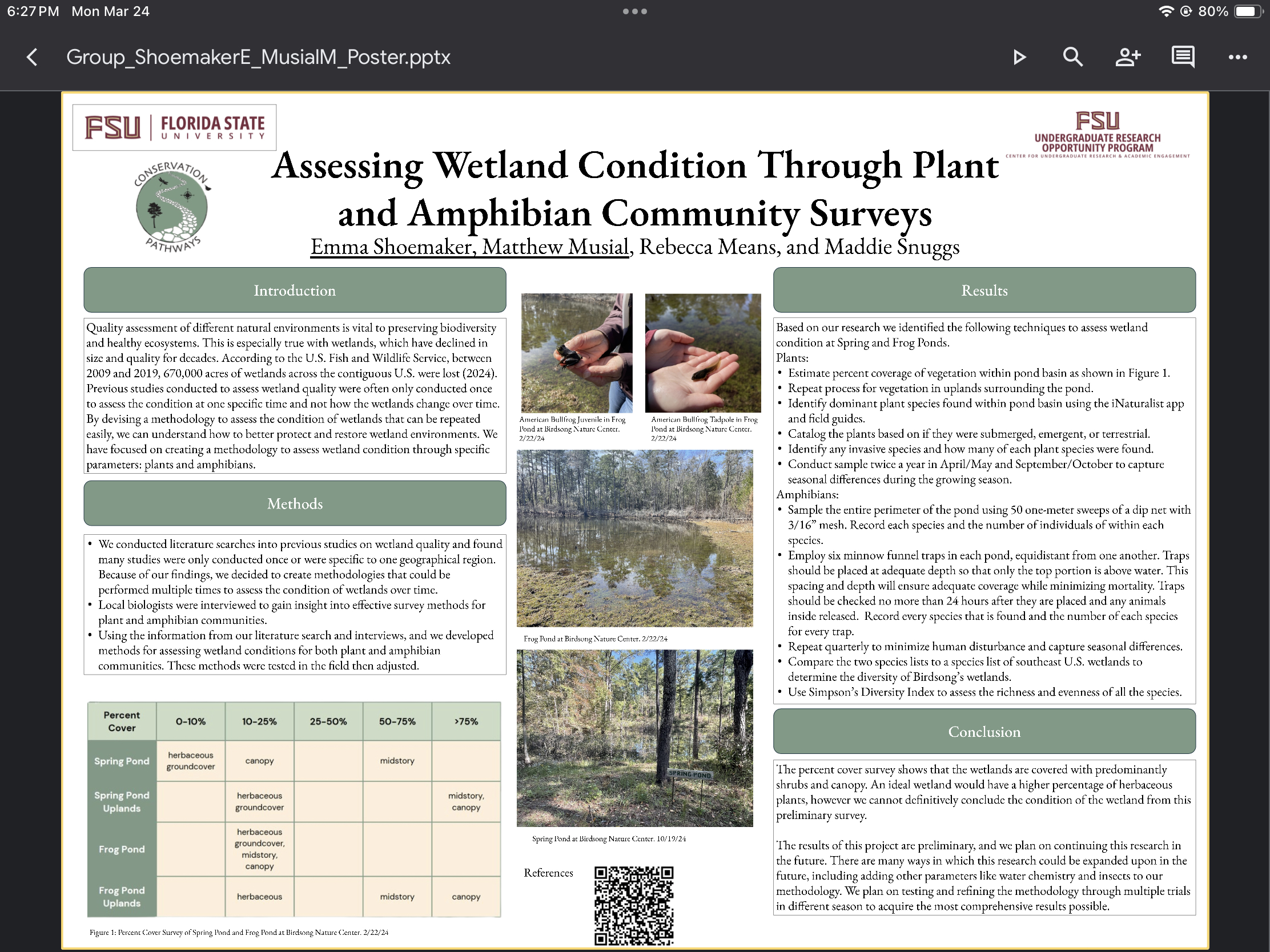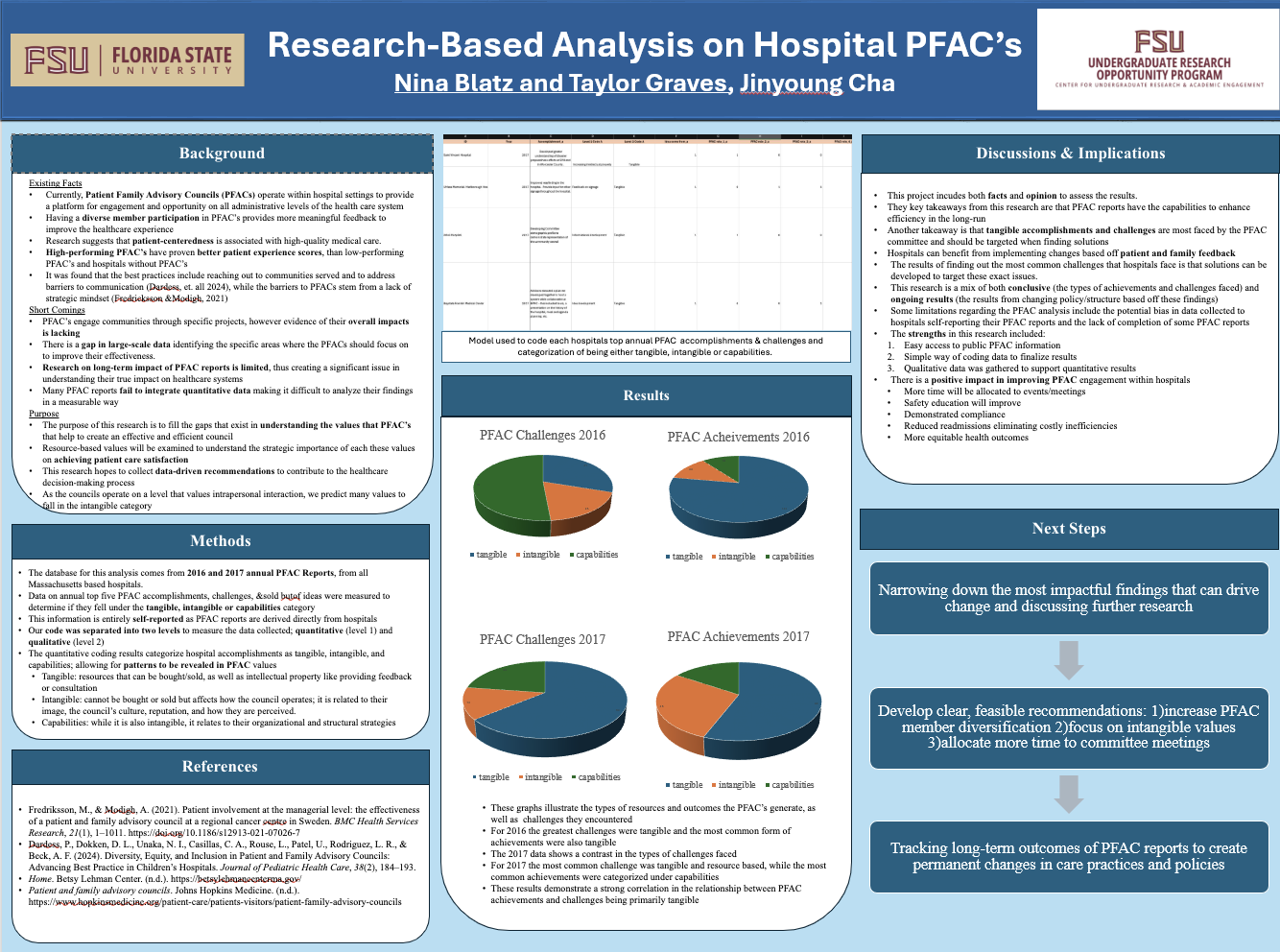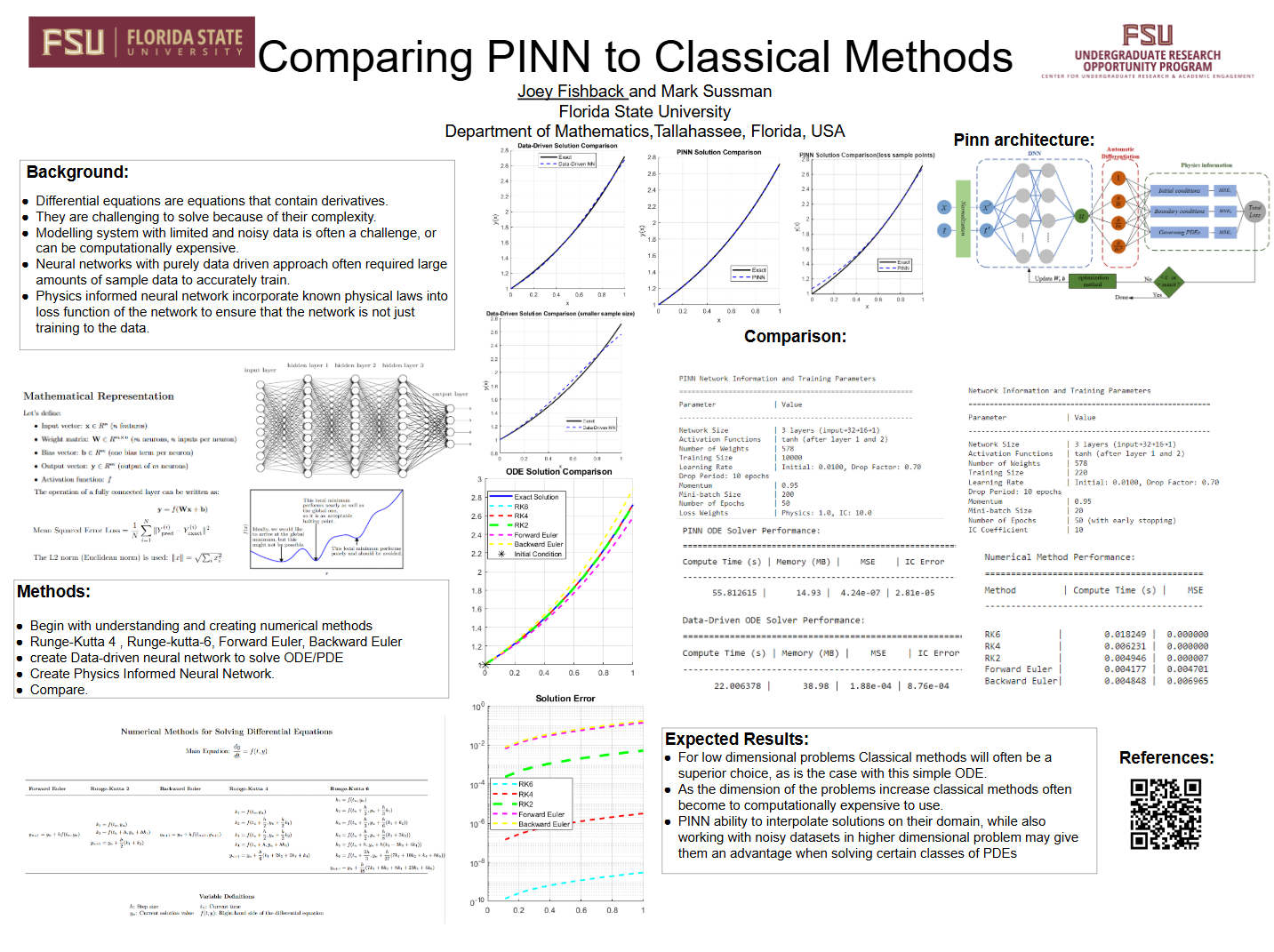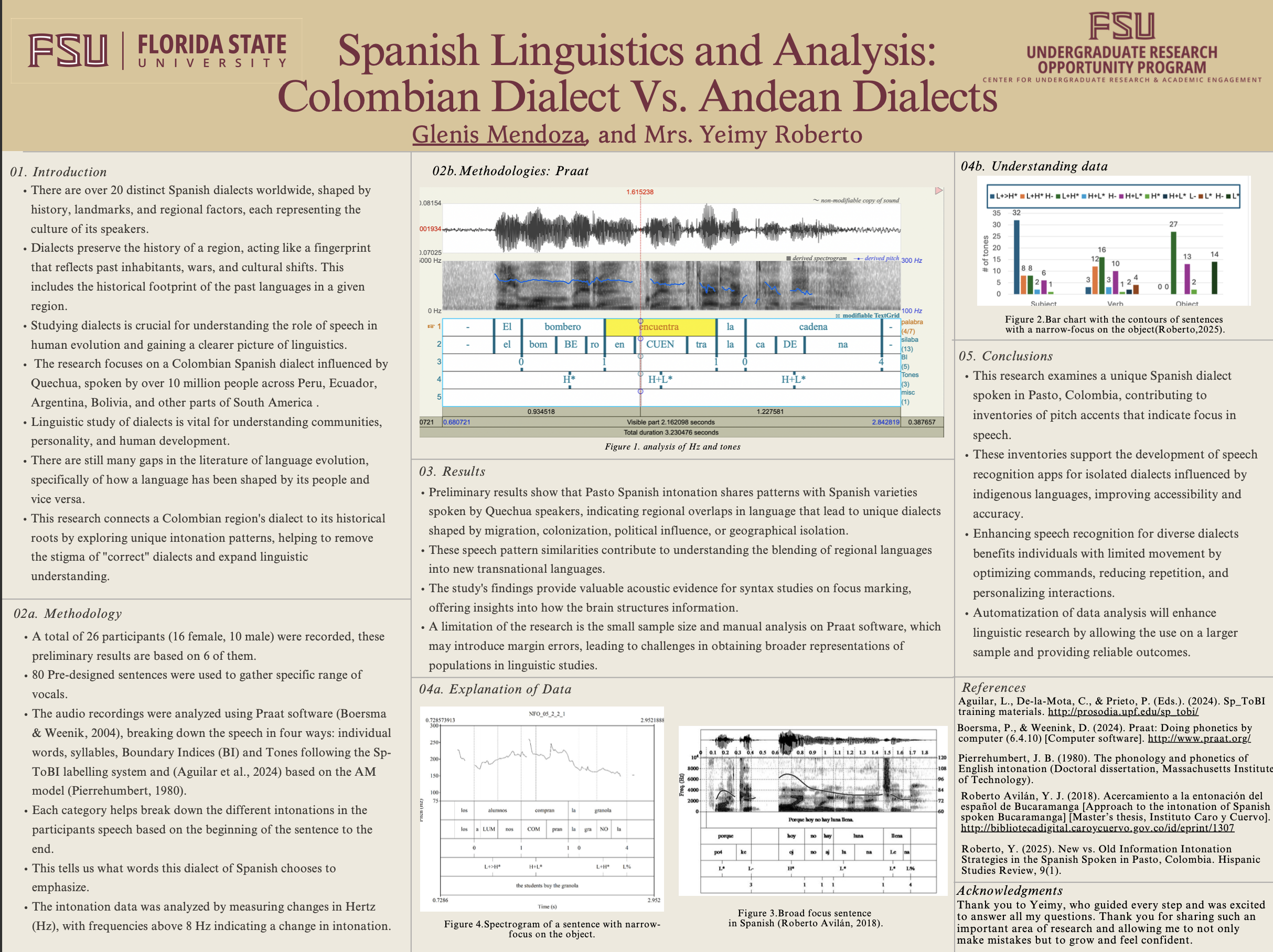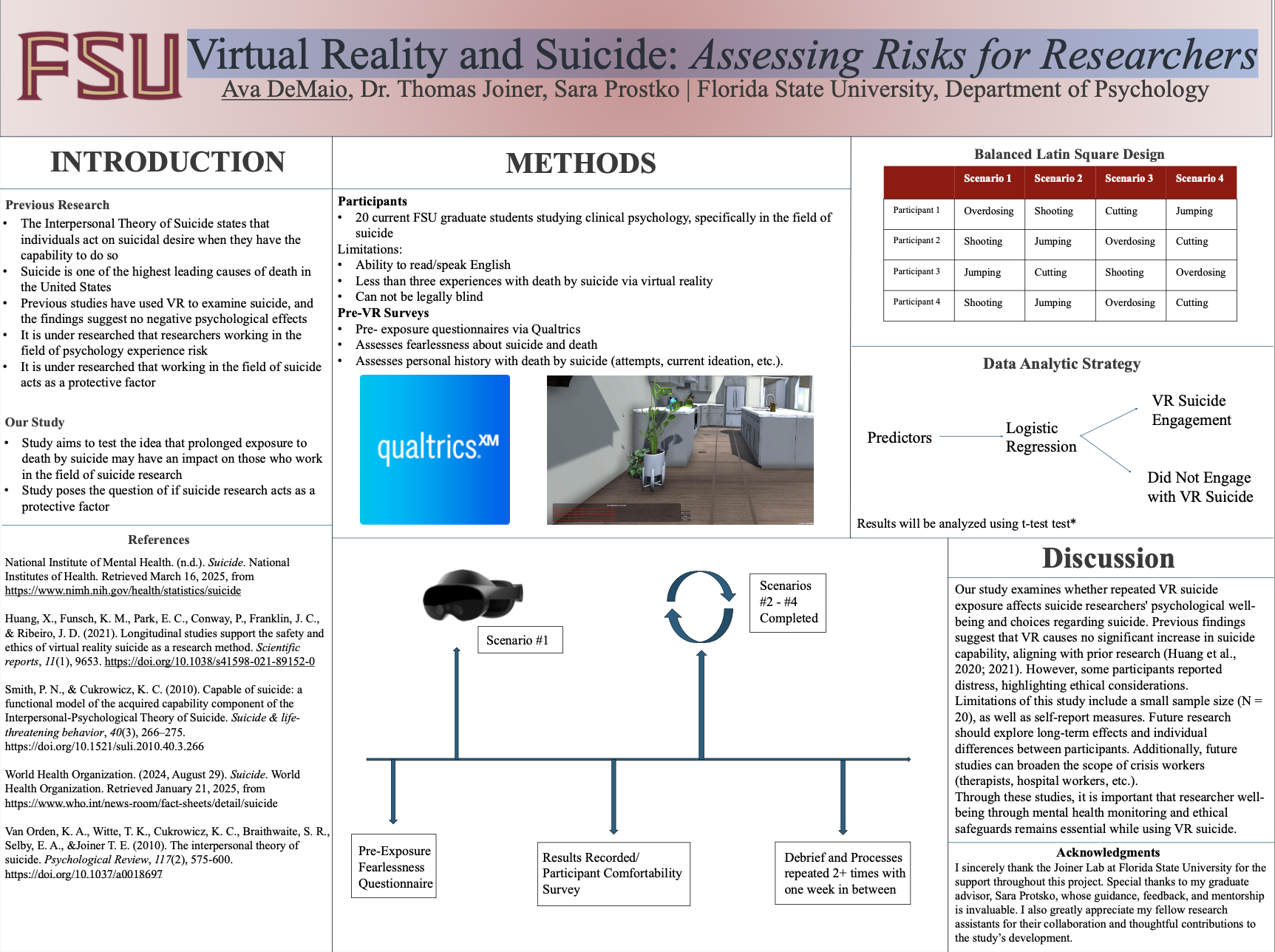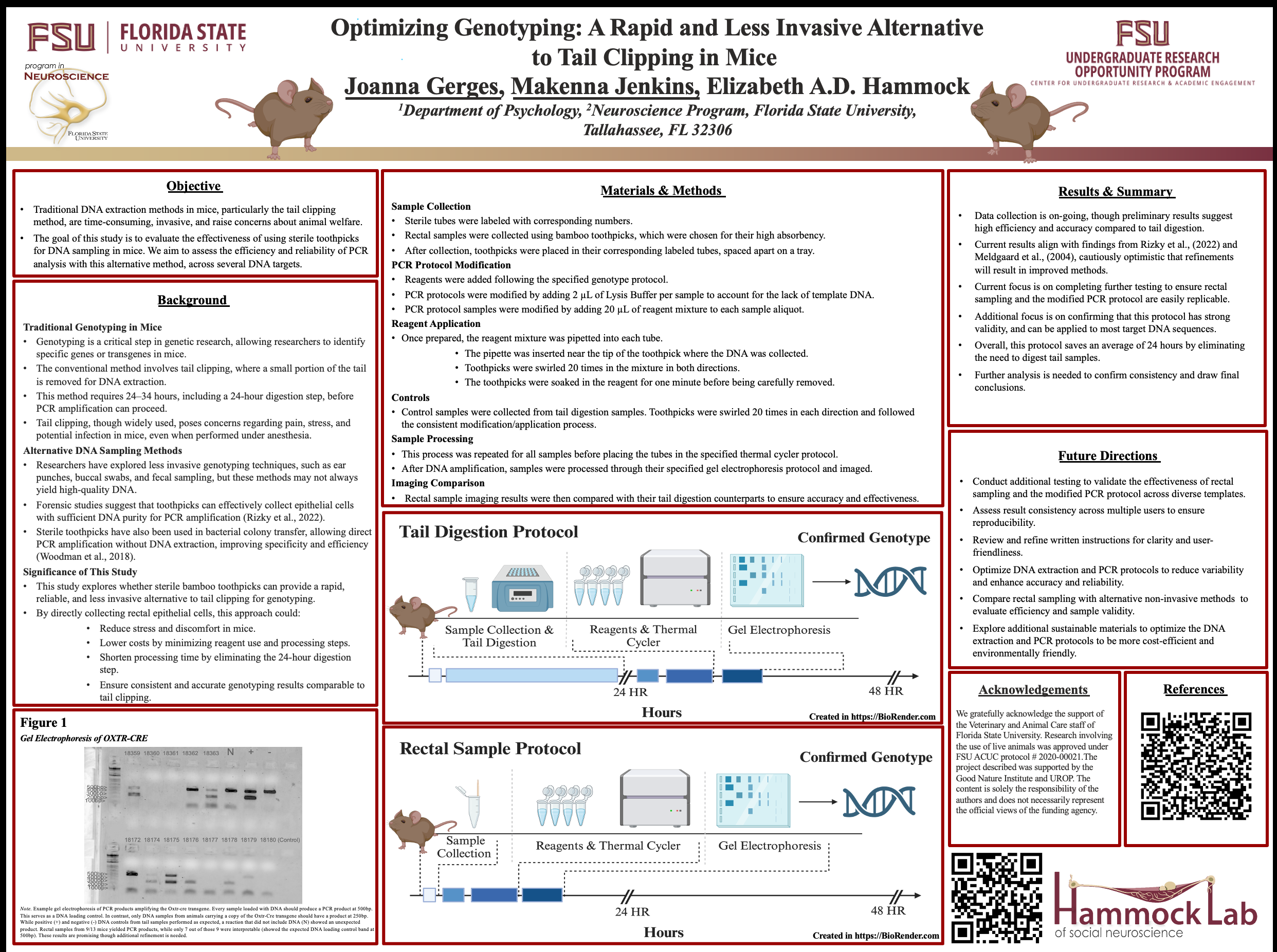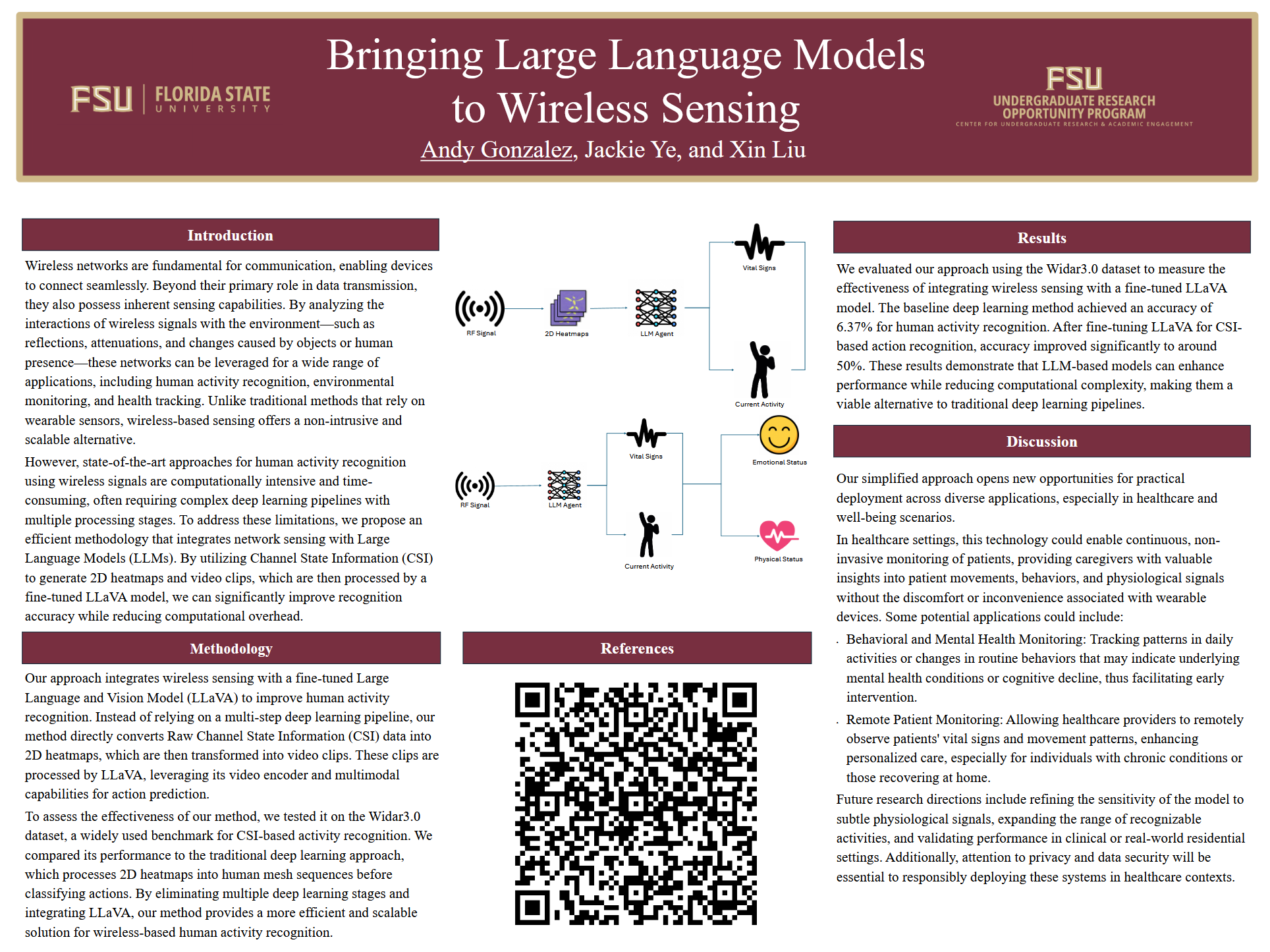Research Symposium
25th annual Undergraduate Research Symposium, April 1, 2025
Diya Kochhar Poster Session 3: 1:45 pm - 2:45 pm/ Poster #59
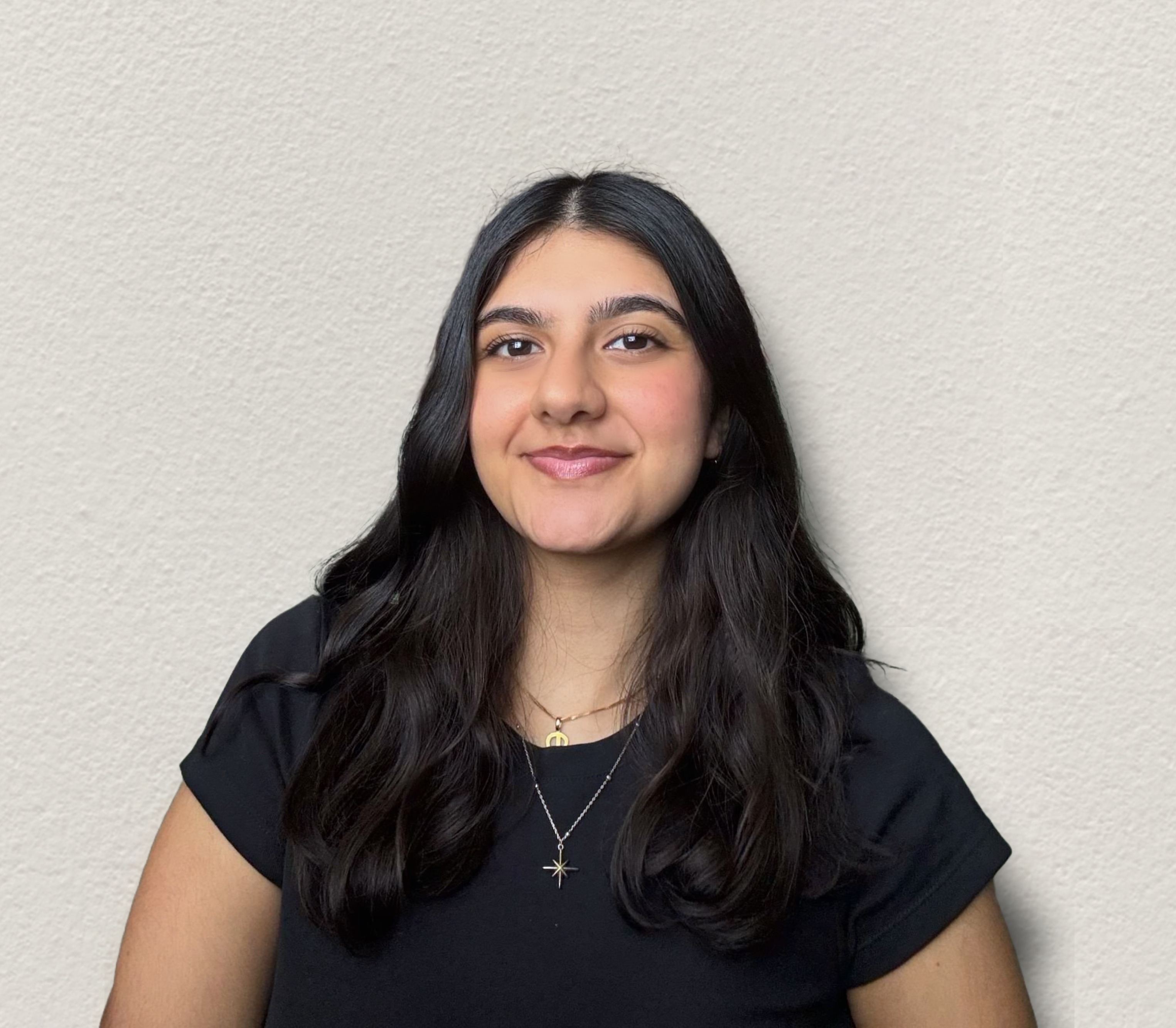
BIO
I am a second-year student majoring in biology with a minor in chemistry. I was born and raised in Northern Virginia. Previously, I have worked as a research intern at the IU School of Medicine's Biochemistry Department and at Dartmouth College's Public Health Department. In the future, I plan to go to graduate school and get a PhD in molecular biology and genetics. Outside of research, I was part of FSUs' First Year Abroad Program in Valencia, Spain and I love music and hockey.
Habitat Characterization of Seamounts in the Central and Western Pacific
Authors: Diya Kochhar, Dr. Amy Baco-TaylorStudent Major: Biology
Mentor: Dr. Amy Baco-Taylor
Mentor's Department: Earth, Ocean, and Atmospheric Science Mentor's College: Florida State University Co-Presenters: Sofia Grullon-Morales
Abstract
Despite advances in technology, the deep sea is still largely under-characterized and unexplored. Habitat characterization of seamounts in the Central and Western Pacific (CWP) is essential as baseline information of the habitats can provide insight into how substrate may influence benthic megafauna composition on the seafloor. The remotely operated vehicle (ROV) SuBastian conducted quantitative replicate survey transects at 1500m on 7 different seamounts within the Mid-Pacific Mountains, Necker Ridge, and Northwestern Hawaiian Islands. The video footage was converted to still images at 30-second intervals, and 15 randomly generated points were overlaid on each image. Photos were annotated within the BIIGLE software for features such as rugosity, substrate size, and substrate composition. Preliminary results indicate that a majority of sites are comprised of hardpan and basalt/manganese crusts. While outcrop was rare across the study, the Mid-Pacific Mountain seamounts had more than any other sites. Future results can be used to investigate the correlation between substrate and biodiversity, which may be at risk due to potential deep-sea mining activities.
Keywords: deep-sea, seamounts, ocean, substrate, characterization
25th annual Undergraduate Research Symposium, April 1, 2025
Bella Simmons Poster Session 2: 10:45 am - 11:45 am/ Poster #61
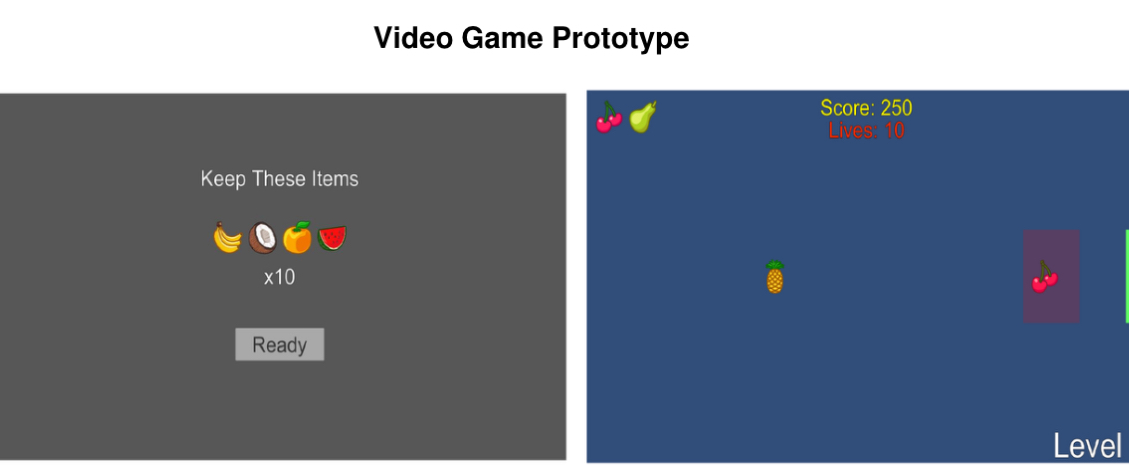
BIO
Hi! My name is Bella Simmons, I am from Tampa, FL. Currently I am a sophomore, studying biological sciences at FSU. In my free time I work at a Balance Disorders and Neurology Clinic, here in Tallahassee, where we preformed our research out of.
The Investigation of a Novel Video Game for Identifying Mild Cognitive Impairment in Individuals with Parkinsonism
Authors: Bella Simmons, Dr. Charles G. MaitlandStudent Major: Biological Sciences
Mentor: Dr. Charles G. Maitland
Mentor's Department: Neuroscience Mentor's College: College of Medicine Co-Presenters:
Abstract
With their captivating and interactive experiences, video games have become a promising tool for identifying mild cognitive impairments, potentially improving cognitive function in people with Parkinson's disease (PD) and moderate cognitive impairment (MCI). This study examines how well video games work as a non-pharmacological intervention to identify cognitive impairments in people with PD, such as memory, attention, executive function, and processing speed. To evaluate the cognitive advantages of several gaming genres, including puzzle, action, and strategy-based games, a controlled experimental investigation and a thorough assessment of the body of current literature were carried out. Over the course of 12 weeks, participants participated in scheduled gaming sessions, and cognitive tests were given prior to, during, and following the intervention. According to preliminary findings, when compared to conventional cognitive training techniques, video game-based training produces quantifiable gains in identifying cognitive function impairments, especially in attention and executive function. Additionally, participants reported excellent levels of adherence and engagement, indicating that video games offer a fun and approachable method of cognition identification. These results demonstrate the promise of video games as a fun, safe, and affordable tool for improving the way we test for cognitive function in people with PD and MCI, which calls for more investigation into long-term impacts and the best possible game design for identification use.
Keywords: Parkinsons, MCI, Videogames
25th annual Undergraduate Research Symposium, April 1, 2025
Bella Rios Poster Session 1: 9:30 am - 10:30 am / Poster #50
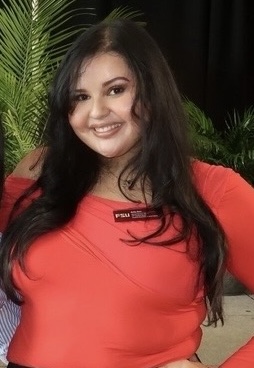
BIO
Hello, my name is Bella Rios, and I am a junior at Florida State University studying International Affairs with a concentration in Public Administration. My greatest aspiration is to pursue a career in International Human Rights Law. My research interests center on the prosecution of human rights violations on a global scale, with a special focus on the roles of international courts and the state’s accountability in addressing injustices. In my free time, I serve as a Student Senator In FSU’s Student Government Association, where I advocate for the Student Body’s interests in the form of policy-making. I am enthused by my current research, because it has served as a wonderful foundation for understanding human rights and how policy influences procedural actions pertaining to those rights.
A review of Police Use of Force Policies in Florida
Authors: Bella Rios, Adam RoseStudent Major: International Affairs
Mentor: Adam Rose
Mentor's Department: FSU Department of Geography Mentor's College: College of Social Sciences and Public Policy Co-Presenters: Cassandra Torres and Sherri Alvarado
Abstract
This research project examines how the adoption of "8 Can't Wait" policies within law enforcement protocols impacts the reduction of police use-of-force incidents. Police use of force has become a prominent issue, especially following tragic cases of civilian deaths in police custody. In response to these incidents, there has been growing pressure to reform law enforcement's approach to handling resistance. This project specifically conducts a systematic review of use-of-force policies across various city and county police departments in Florida. These policies were gathered through public records requests and email inquiries. The study will assess which jurisdictions have implemented the "8 Can't Wait" policy proposals, as well as an additional policy requiring the provision of emergency medical services in urgent situations. After completing the review of these policies, the project will analyze any potential statistical correlations between the policies and reported use-of-force incidents.
Keywords: Analysis, Force, Law, Policy, Police,
25th annual Undergraduate Research Symposium, April 1, 2025
Maria Fernandez Poster Session 3: 1:45 pm - 2:45 pm/ Poster #200

BIO
Maria Fernandez is an undergraduate student at Florida State University, originally from Chile, pursuing a double major in Political Science and Economics. A passionate advocate for civic engagement and public service, Maria serves as a First-Year Representative for the Service Scholars program and actively participates as a research assistant in behavioral economics, aiming to diversify research participation. With a strong interest in health law, economic policy, and political advocacy, Maria brings her experience from local government and policy research into her roles as an editor for the Undergraduate Law Review and as a Resettlement Intern with the International Rescue Committee. Outside of academics, she engages her creative and strategic skills to manage successful outreach initiatives, such as TikTok campaigns promoting civic participation and mental health advocacy. Committed to personal growth and community impact, Maria aims to leverage her leadership and analytical skills towards meaningful societal contributions.
Honesty & Observability
Authors: Maria Fernandez, Jose LopezStudent Major: Political Science and Economics
Mentor: Jose Lopez
Mentor's Department: Economics Mentor's College: COSSPP Co-Presenters: Noah Brown, Jack Engelhard, Javier Fernandez, Mia Ferris, Riley Sheehan
Abstract
This economics study introduces an experimental design to examine how varying levels of observation affect dishonest behavior in a Fischbacher & Follmi-Heusi (2013) style lying game. Previous research compared lying when 0% or 100% of decisions were observed (Gneezy et al., 2018; Abeler et al., 2019). This project expands on that by introducing 20% and 50% observation conditions.
These new settings create environments where participants have incentives to lie but must consider social image costs. By observing individual decisions, the study estimates behavior more precisely, especially among unobserved participants. This allows for testing new predictions of lying models that factor in social image costs.
This work ties into classical economic theories by challenging the assumption that individuals act solely out of self-interest to maximize utility. Instead, it integrates behavioral economics concepts, demonstrating how social image and the potential for observation influence decision-making, even in situations where economic gain is possible through dishonesty.
Keywords: Behavioral economics
25th annual Undergraduate Research Symposium, April 1, 2025
Riley Sheehan Poster Session 3: 1:45 pm - 2:45 pm/ Poster #200

BIO
I am a freshman from Tampa Florida and my research this past year has been based in the field of economics.
Honesty & Observability
Authors: Riley Sheehan, Jose LopezStudent Major: Commercial Entrepreneurship
Mentor: Jose Lopez
Mentor's Department: Economics Mentor's College: Economics Co-Presenters: Mia Ferris, Jack Engelhard, Javier Fernandez, Noah Brown, Maria Fernandez
Abstract
We introduced an experimental design that allows us to discreetly observe the true message of a fraction of the decisions in a Fischbacher & Follmi-Heusi (2013) style lying game. This project builds on earlier research that compared lying behavior in a setting where 0% of decisions were observed to a setting where 100% of decisions were observed (Gneezy, et al. 2018; Abeler, et al. 2019). Using a consistent design, we studied lying behavior in settings of 0%, 20%, 50%, and 100% observation, respectively. These new partial observability treatments allow us to directly observe individual lie decisions in an environment where subjects have an incentive to lie through the social image channel. With this individual level data, we can more precisely estimate the individual behavior of the unobserved subjects in a setting where subjects have an incentive to disguise their lies. Using these more precise estimates, we can test previously untested predictions of the lying models that consider a social image cost. In addition to these treatments, we used the design to test the detectable/deniable lie paradigm (Tergiman & Villeval 2023) in an individual decision setting. Data collection is planned to begin in March 2024.
Keywords: Honesty & Observability
25th annual Undergraduate Research Symposium, April 1, 2025
Roxana Rodriguez Poster Session 1: 9:30 am - 10:30 am/ Poster #250
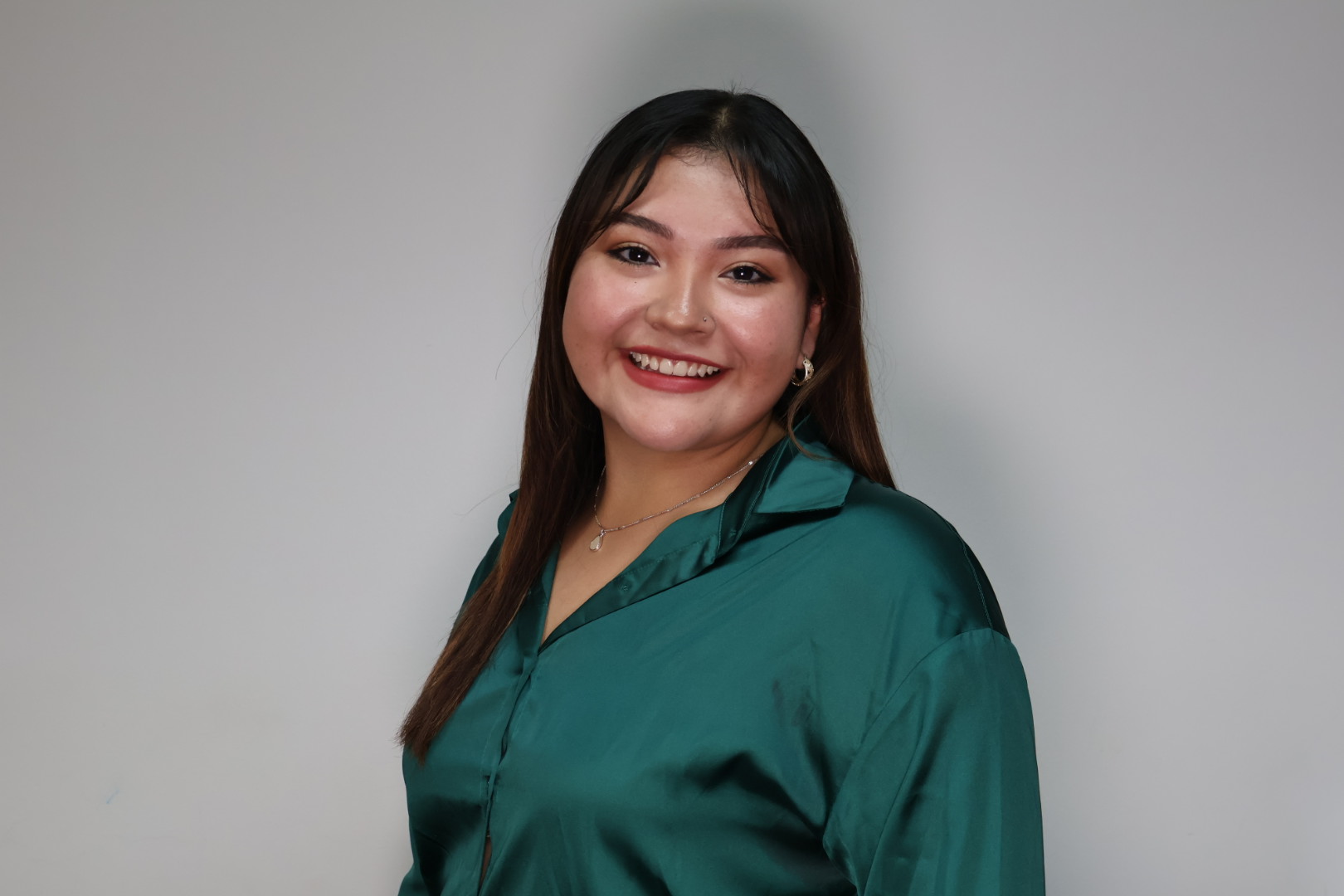
BIO
I am a first-generation student born and raised in Guanajuato, Mexico. I have always been interested in research and learning new things. Psychology and neuroscience research is what I am most drawn to, but I have found research in other fields just as inspiring. I hope to be part of many other projects in various fields to continue growing my research knowledge and skills and hopefully one day direct my own questions and interests.
The Butterfly Affect: Eco-Puppetry for Envisioning a Joyful Environmental Praxis
Authors: Roxana Rodriguez, Sarah FahmyStudent Major: Behavioral Neuroscience
Mentor: Sarah Fahmy
Mentor's Department: Theatre Mentor's College: FSU College of Fine Arts Co-Presenters: Isabella Dabolish and Francesca Josma
Abstract
The Butterfly Affect is a performance-based experience that uses the stages of a butterfly as a symbol for change to encourage individuals to self-reflect on their personal growth and transformation.This research investigates how eco-theatre and eco-puppetry create a catalyst in the minds of people to encourage their self-reflection on their involvement in the anthropocene, and mobilize activism and cultural change.The connection between the puppet and touch in eco-theatre has been seen to have great effects on the person's ability to want to start the change themselves.
We explore the theoretical and creative aspects of eco-puppetry. First, we analyse the existing literature to understand what eco-puppetry is, its potential psychological effects, and how it impacts people’s engagement with environmental justice. Second, we reflect on our process of creating the various puppetry components of the project, such as The Butterfly Care Deck (for adults, children, and Spanish-English speakers), and the Paper Dolls. This research demonstrates how small actions or events can spark larger societal, political, and cultural movements, shedding light on the role of theater as a vehicle for social change.
Keywords: Butterfly, Effect, Eco- Puppetry
25th annual Undergraduate Research Symposium, April 1, 2025
McKenzie Sedore Poster Session 4: 3:00 pm - 4:00 pm / Poster #257
BIO
McKenzie Sedore is a graduating senior in Psychology at Florida State University. She is earning her Bachelor of Science in Psychology with Honors and a minor in Biological Sciences. She currently serves as the research assistant at The Family Institute in the Department of Human Development and Family Science, working under Dr. Ashley Tudder. Her independent honors thesis examines how individuals cope with discrimination through co-rumination and its effects on psychosocial and health outcomes. In addition to her honors research, McKenzie serves as the lab coordinator at the Contextual and Automatic Influences on Relationships (CAIR) Lab, where she oversees research coordination, assists with AI-driven measure development, and trains students. After graduation, she aims to obtain a post-baccalaureate research position before pursuing a PhD in Social Psychology. Currently, her research interests focus on intimate relationships, particularly with an interest in studying age-discrepant couples, relational distress, and co-regulation within high-stress dyads. She seeks to understand how individuals navigate conflict, power dynamics, and social stigma within intimate relationships, intending to inform interventions to promote relational well-being.
Coping with Discrimination: Co-Ruminators and their Confidants
Authors: McKenzie Sedore, Ashley Tudder, PhDStudent Major: Psychology
Mentor: Ashley Tudder, PhD
Mentor's Department: Department of Human Development and Family Science Mentor's College: Anne Spencer Daves College of Education, Health, and Human Sciences Co-Presenters:
Abstract
Co-rumination, the repetitive discussion of problems within relationships, has been extensively studied in general contexts; however, few studies have examined its role as a coping strategy in response to specific stressors such as discrimination. Existing literature focuses largely on white adolescent friendship dyads, leaving co-rumination within diverse sociocultural contexts widely unexplored. Moreover, questions remain regarding how co-rumination partners (“confidants”) are selected and how confidant characteristics impact co-rumination outcomes. This study expands this area of work by testing two research questions: RQ1) Do individuals co-ruminate more with confidants they perceive to be more (vs. less) similar to themselves in identity, and RQ2) To what extent does co-rumination about discrimination predict coping strategies and is the strength of this relationship dependent upon shared identity with confidants. To this end, we recruited a sample of US adults using ResearchMatch (N = 1339) to report experiences of discrimination, coping strategies, and three confidants with whom they discussed experienced discrimination. Participants also reported co-rumination and extent of shared identity with each confidant. To test RQ1 we will use multilevel modeling to account for the dependency of confidants nested within participants to examine the effect of shared identity on co-rumination behavior. For RQ2, we will use hierarchical multiple regressions to investigate how co-rumination with primary confidants predicts strategies used to cope with discrimination and whether these relationships vary based on the shared identity of the confidants.
Keywords: co-rumination, discrimination, emotional coping, dyadic, relationships
25th annual Undergraduate Research Symposium, April 1, 2025
Ashley Wong Poster Session 3: 1:45 pm - 2:45 pm / Poster #74
BIO
Ashley A. Wong is a passionate advocate for educational equity, with a particular focus on the impact of educational privatization. Her research delves into how market-driven reforms often exacerbate existing inequalities, especially in how school choice policies favor wealthier families while marginalizing lower-income groups. Through a comprehensive literature review, Ashley examined the barriers—such as financial constraints, cultural expectations, and systemic inefficiencies—that continue to limit educational access for disadvantaged populations. She emphasizes the need for government-led education policies tailored to local contexts that can counteract the harmful effects of privatization and ensure universal access to quality education for all students. Ashley’s commitment to educational justice is grounded in her belief that systemic disparities in education directly contribute to cycles of poverty and disenfranchisement. Beyond her research, Ashley is actively involved in student leadership and policy advocacy, working to improve educational access and resources for underrepresented communities. As a Political Science major at Florida State University, she combines her academic work with hands-on experience, preparing for a future in law and policy that centers on advocating for marginalized communities and dismantling the systemic barriers that perpetuate inequality.
Educational Privatization and School Choice: a focus on equity
Authors: Ashley Wong , Waheeja Hazoor BajwaStudent Major: Political Science
Mentor: Waheeja Hazoor Bajwa
Mentor's Department: N/A Mentor's College: Anne Spencer Daves College of Education, Health, and Human Sciences Co-Presenters:
Abstract
In this study, I examined the impact of educational privatization on access to education, revealing that market-driven reforms often exacerbate existing inequalities. Despite government policy efforts to expand educational opportunities, significant barriers persist, including financial constraints, cultural expectations, and systemic inefficiencies. Through a comprehensive literature review using the Academic Search Complete database in EBSCO, I analyzed global research on how socioeconomic disparities, gender norms, and school choice policies shape educational opportunities, often favoring wealthier families while marginalizing lower-income groups. Drawing from these findings, I underscore the need for equitable, government-led education policies tailored to local contexts to counteract the adverse effects of privatization and ensure universal access to quality education.
Keywords: Educational Privatization and equity
25th annual Undergraduate Research Symposium, April 1, 2025
Nickolas Schlax Poster Session 3: 1:45 pm - 2:45 pm/ Poster #112

BIO
I'm a first-year presidential scholar here at Florida State University. I'm a civil/environmental engineering major interested in rural planning and construction management.
Environmental Justice Concerns in Rural Planning and Regional Biosolids Management
Authors: Nickolas Schlax, Elio FernandezStudent Major: Civil Engineering
Mentor: Elio Fernandez
Mentor's Department: Environmental Science Mentor's College: Florida State University Co-Presenters:
Abstract
Planning for biosolids has become a complex issue that is causing researchers and practitioners to reevaluate the concepts of environmental justice and sustainability. This study reviewed over 100 scholarly articles related to biosolids management, rural planning, regional planning, urban planning, environmental justice, and sustainability. Given the relatively limited research on biosolids planning, we find that a more holistic approach to management is needed. One that considers not only the environmental impacts but also long-term social and human health impacts across regions. From a planning perspective, the literature indicates that regional planning processes between urban and rural sectors need to be more inclusive and conscious of rural realities.
Keywords: Biosolid, sustainability, environmental
25th annual Undergraduate Research Symposium, April 1, 2025
Jack Blasbalg Poster Session 2: 10:45 am - 11:45 am/ Poster #30
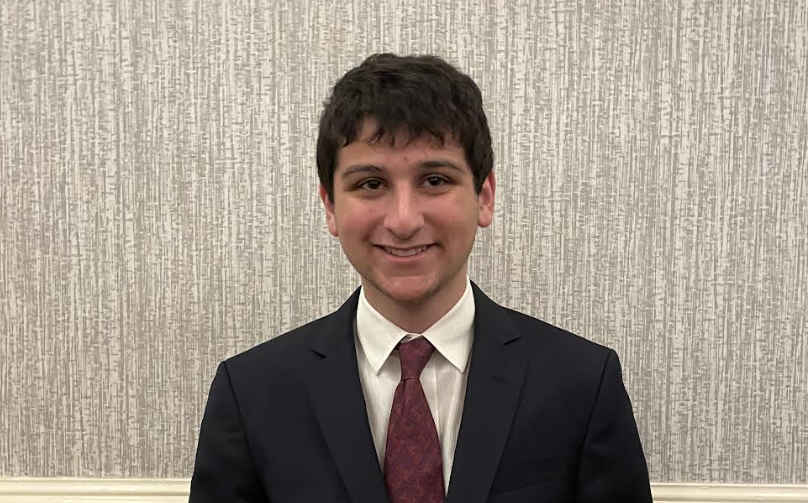
BIO
Jack is a first year student from Ponte Vedra, Florida majoring in political science. He is interested in Education policy and hopes to attend law school to become a lawyer and eventually transition to a career in politics.
Economics of Education in the early 20th century
Authors: Jack Blasbalg, Carl KitchensStudent Major: Political Science
Mentor: Carl Kitchens
Mentor's Department: Economics Mentor's College: College of Social Sciences and Public Policy Co-Presenters: Ann George, Nhu Bui, Connor Mcgovern, Robert Ewing
Abstract
This investigation explores how labor market conditions during World War 1 influenced long-term educational outcomes. The relationship between rising wages and human capital investment was examined across a variety of youth age groups. This research was conducted by transcribing data from historical publications into Microsoft Excel, either manually or with the assistance of OCR, analyzing this retrospective data, and supplementing this understanding through further review of human capital literature. Additionally, data analysis was conducted through a linear regression test to assess the relationship between wages and human capital decisions. Preliminary results indicate that World War 1’s agricultural boom led to distinct effects on various age groups of students. For older children, meaning those nearing high school completion, this boom incentivized entry into the labor force due to immediate earnings. However, for younger children just beginning school, higher wages facilitated a rise in educational investment due to increased income within parents. The preliminary results of this study suggest that older students prioritized immediate earnings over investment, whereas educational investment was more attainable with younger children due to household income increases. This research can provide insights as to how the labor market can influence educational and societal issues on a level that is relevant today. By emphasizing the role of income in education, this can influence how policy develops to encourage the rise of human capital investment.
Keywords: Economics, Education, Economy, School
25th annual Undergraduate Research Symposium, April 1, 2025
Katelyn Everett Poster Session 3: 1:45 pm - 2:45 pm/ Poster #149

BIO
I am from a small beach town on the East coast of Florida. I became interested in Dietetics because there are so many people close to me that are affected by nutrition based diseases. I found a passion for nutrition and want to use it to help those around me as well as others. Research is the basis for nutrition and food regulations and policies. I wanted to be a part of that process during my undergrad. Outside of research, I volunteer with several different nutrition organizations in order to figure out what specifically I want to do in my chosen field post-graduation.
The Role of Energy Intake in the Relation between Sodium and Cardiovascular Function in Young Adults
Authors: Katelyn Everett, Andrea LobeneStudent Major: Dietetics
Mentor: Andrea Lobene
Mentor's Department: Department of Health, Nutrition, and Food Sciences Mentor's College: Anne Spencer Daves College of Education, Health, and Human Sciences Co-Presenters:
Abstract
Excess sodium is one of the leading causes of cardiovascular disease (CVD) risk. The current sodium guideline is <2,300 milligrams per day. This is based on absolute sodium consumption, regardless of an individual’s size or energy needs. More recent evidence suggests sodium density, or sodium intake relative to calorie intake, may be a better predictor of CVD risk. The relation between sodium density and nontraditional CVD risk factors has not been explored. Our study is a secondary analysis of a previous cross-sectional study. Healthy young adults (age: 24±4 years, n=16) completed 3+ day diet records, which were analyzed to determine average sodium and energy intakes. Seated blood pressure (BP) measurements were taken, and endothelial function was measured via brachial artery flow-mediated dilation (FMD). The relation between absolute sodium intake and sodium density (mg sodium/kcal) and BP and FMD were examined using Pearson bivariate and partial correlations. Sodium was highly correlated with kcal intake (r=0.90, p<0.001). Both absolute sodium intake and sodium density were positively correlated with systolic BP (r=0.53, p=0.02 and r=0.50, p=0.02, respectively). After controlling for kcals, absolute sodium intake was no longer correlated with systolic BP (r=0.85, p=0.18). After controlling for body mass index, the relation between sodium density and systolic BP became stronger (r=0.76, p=0.02). Neither absolute sodium intake nor sodium density were correlated with FMD (r=-0.08, p=0.43 and r=-0.01, p=0.49, respectively). Our findings suggest energy intake is an important mediator in the relation between sodium intake and CVD risk factors.
Keywords: sodium, heart, cardiovascular
25th annual Undergraduate Research Symposium, April 1, 2025
Connor McGovern Poster Session 1: 9:30 am - 10:30 am / Poster #30
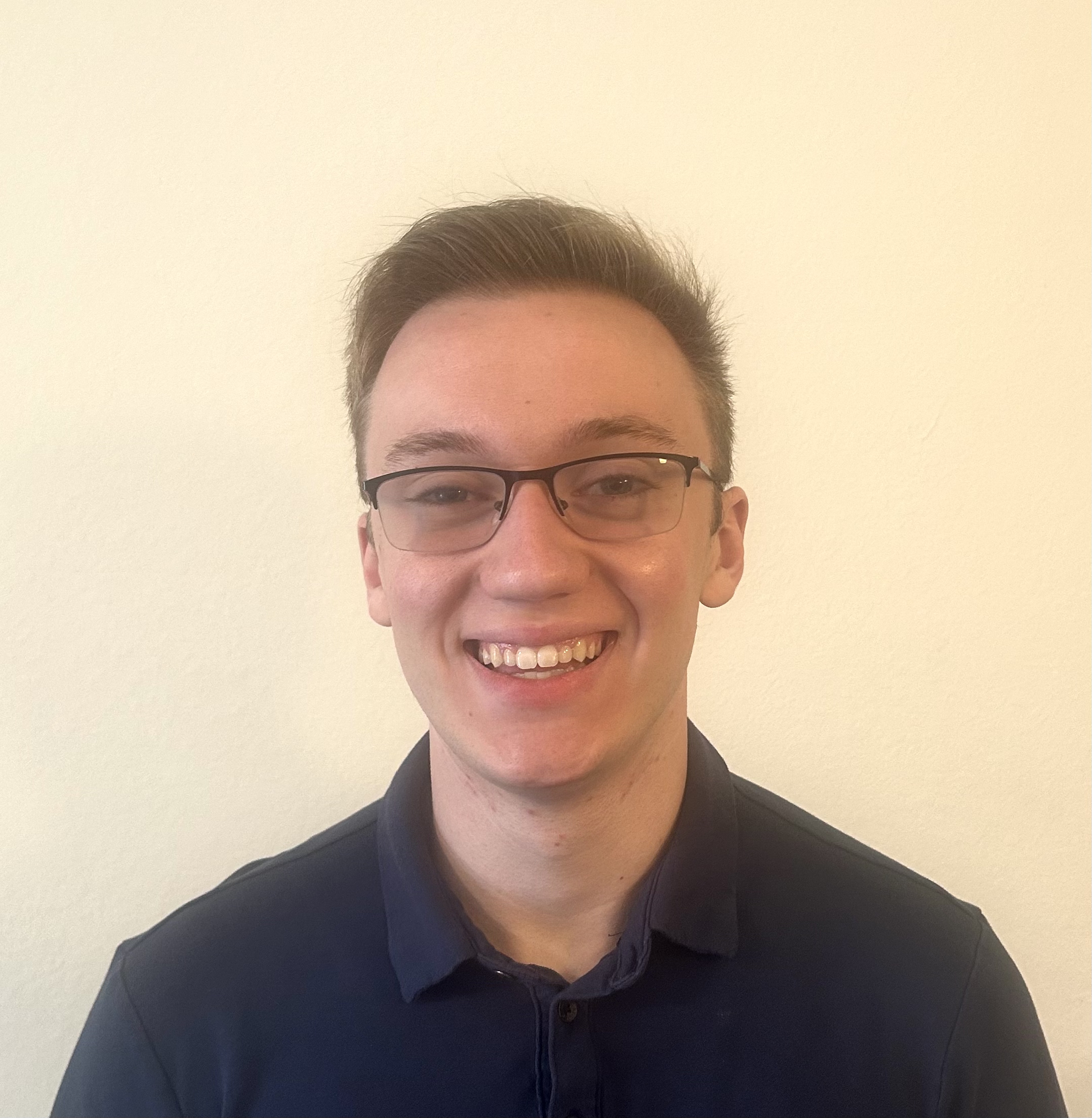
BIO
My name is Connor McGovern and I am a sophomore at FSU, originally from Springfield, Pennsylvania (which is right outside of Philadelphia). I am studying economics but I am considering double majoring in Digital Media Production, as film is my real passion. I love watching movies and TV shows (week-to-week if possible), hanging out with friends, playing the saxophone, following the stock market and business news, screenwriting, and filmmaking.
Effect of Labor Market Conditions on Human Capital During World War 1
Authors: Connor McGovern, Carl KitchensStudent Major: Economics
Mentor: Carl Kitchens
Mentor's Department: Economics Mentor's College: Social Sciences and Public Policy Co-Presenters: Ann George, Nhu Bui, Robert Ewing, Jack Blasbalg
Abstract
This investigation explores how labor market conditions during World War 1 influenced long-term educational outcomes. The relationship between rising wages and human capital investment was examined across a variety of youth age groups. This research was conducted by transcribing data from historical publications into Microsoft Excel, either manually or with the assistance of OCR, analyzing this retrospective data, and supplementing this understanding through further review of human capital literature. Additionally, data analysis was conducted through a linear regression tests to assess the relationship between wages and human capital decisions. Preliminary results indicate that World War 1's agricultural boom led to distinct effects on various age groups of students. For older children, meaning those nearing high school completion, this boom incentivized entry into the labor force due to immediate earnings. However, for younger children just beginning school, higher wages facilitated a rise in educational investment due to increased income within parents. the preliminary results of this study suggest that older students prioritized immediate earnings over investment, whereas educational investment was more attainable with younger children due to household income increases. This research can provide insights as to how the labor market can influence educational and societal issues on a level that is relevant today. By emphasizing the role of income in education, this can influence how policy develops to encourage the rise of human capital investment.
Keywords: Economics, Education, Wages, Agriculture
25th annual Undergraduate Research Symposium, April 1, 2025
Sophia Persichini Poster Session 1: 9:30 am - 10:30 am/ Poster #237
BIO
Sophia Persichini is a double major in Political Science and Studio Art at Florida State University, set to graduate with honors in 2025. Sophia is a native of Las Vegas, Nevada, and moved to Washington State, graduating from Moses Lake High School in 2022. Sophia combines her passion for law with her fine arts background. She aims to pursue a career in art and music entertainment law, specializing in copyright and intellectual property, with a focus on advocating for artists' rights.
Sophia serves on the executive board of FLAME (Fashion, Art, Entertainment & Media Law Club), FSU’s first creative law organization, where she facilitates events that connect artists with legal professionals. As a legal assistant at Brooks, LeBeouf, Foster, Gwartney & Hobbs, P.A., she conducts legal research and drafts documents.
Beyond her legal work, Sophia is deeply involved in the Tallahassee music scene, collaborating with local musicians and supporting their creative endeavors. At 96 Nation LLC, she books talent, drafts contracts, and uses her artistic skills to design logos, merchandise, and promotional materials. Through her work across law, music, and art, Sophia is dedicated to protecting creative rights and helping artists thrive.
A Legal Guide for Emerging Artists: Navigating Copyright, Contracts, and Artificial Intelligence
Authors: Sophia Persichini, Kevin CurryStudent Major: Political Science and Studio Art
Mentor: Kevin Curry
Mentor's Department: Art Mentor's College: Honors in the Major Co-Presenters:
Abstract
From minor art commissions to costly transactions of works, the lack of legal literacy among developing artists renders them vulnerable to exploitative practices and unclear agreements. It is essential to fill this knowledge gap with accessible resources that ensure fair treatment in art transactions and empower artists in the creative industry. By educating artists of the law through simplified terms and relevant information, a bridge is established between the different fields of creation and legal practice. This research examines challenges that young artists face in protecting their intellectual property, drafting contracts, and navigating the legal implications of emerging technologies, such as artificial intelligence (AI). It is conducted through interviews with legal professionals, analysis of peer-reviewed articles, and examinations of legal documents and cases to analyze key issues, including but not limited to copyright disputes, contract ambiguities, and the ethical considerations of AI-generated art and contracts. The preliminary challenges identified are addressed through a final guide tailored to the needs of artists, which simplifies legal concepts and provides resources such as contract templates. Key laws and questions are provided in the paper to give artists a basis on the most essential information to know before entering industry. Additionally, the complexities introduced by AI are addressed in the guide, advising along questions of artistic ownership and ethical considerations. The resulting starter legal guide contributes to fostering ethical practices and reducing power imbalances in the creative industry, promoting a more equitable and sustainable art economy.
Keywords: Art Law, Contracts, Artificial Intelligence, Copyright
25th annual Undergraduate Research Symposium, April 1, 2025
Matthew Musial Poster Session 4: 3:00 pm - 4:00 pm/ Poster #80

BIO
I am a freshman from St. Louis, Missouri. I have long been interested in the outdoors and natural world. I plan to get involved with water management for my eventual career and have enjoyed this research program for the opportunity to do this quality assessment and intern with Conservation Pathways!
Assessing Wetland Condition Through Plant and Amphibian Community Surveys
Authors: Matthew Musial, Rebecca MeansStudent Major: Environmental Science
Mentor: Rebecca Means
Mentor's Department: nonprofit Mentor's College: Conservation Pathways Co-Presenters: Emma Shoemaker
Abstract
Assessing the quality of different environments is essential to preserving natural habitats, especially wetlands, which have been declining for decades. By creating a methodology for evaluating the quality of a wetland, it is possible to monitor its condition and significantly contribute to the restoration and preservation of the environment. We focused on constructing a method to assess wetland quality through the plant and amphibian communities found at Birdsong Nature Center. We conducted a literature search to gather various approaches to evaluating wetland quality before concentrating on plants and amphibians. We cataloged the plants found in the wetland and classified them based on frequency, proximity to water, and vegetation layer. This classification helps us identify the diversity and species richness of the plants in the wetland and determine whether they are native or invasive. To assess the amphibian species in the wetlands, we employed dipnetting techniques, conducting 50 one-meter sweeps around each pond and setting funnel traps at six equidistant spots along the pond's edge. We placed the traps at an appropriate depth to facilitate easy retrieval while preventing overheating of the amphibians (~ 0.5 m). Using each method, we recorded the species and number of amphibians found in each pond. The results of our research will provide valuable insights into the health of wetlands and provide clear direction for what is needed to maintain or improve the quality of the wetlands.
Keywords: wetland condition amphibians
25th annual Undergraduate Research Symposium, April 1, 2025
Nina Blatz Poster Session 2: 10:45 am - 11:45 am/ Poster #203
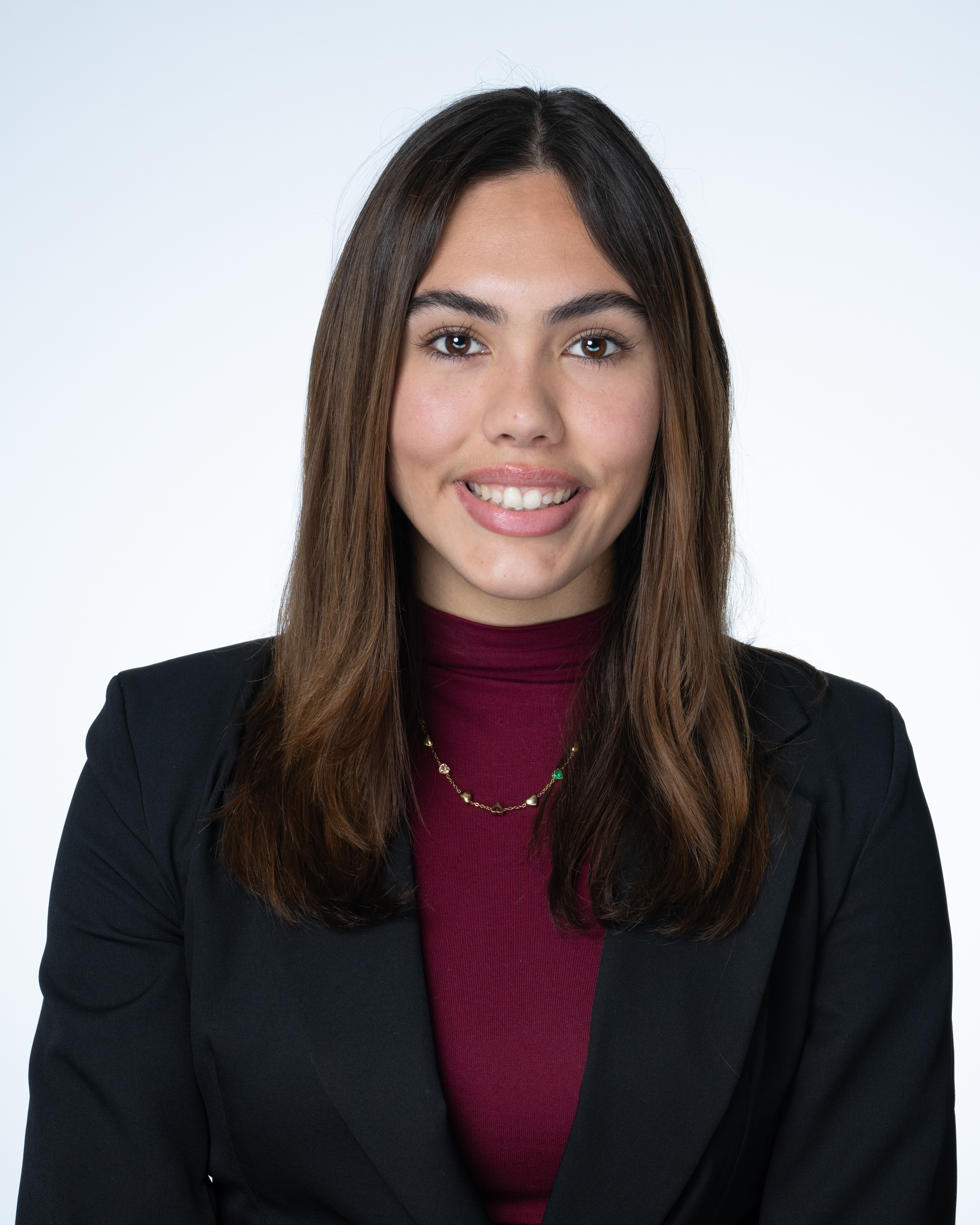
BIO
Hello, my name is Nina Blatz and I am a sophomore at Florida State University studying business management and public health. My research synthesizes my passion for both fields, focusing research-based solutions to improve hospital efficiency. I am proud to contribute to advancements in healthcare management and on the research community with the help of my fellow research partner and mentor. I could not have asked for a better group of individuals to have worked on this important work.
Research-Based Analysis on Hospital PFAC's
Authors: Nina Blatz, Jinyoung ChaStudent Major: Business Management and Public Health
Mentor: Jinyoung Cha
Mentor's Department: Public Health Mentor's College: College of Social Science and Public Policy Co-Presenters: Taylor Graves
Abstract
This research dives into the relationship between the healthcare system and those who interact with it, while determining challenges to efficiency in this field. To gather more data, I conducted a comprehensive analysis of various hospitals located in Boston identifying their major accomplishments and challenges throughout the year. This objective was achieved by searching through hospital files and creating an excel sheet to copy each hospital's data in a systematic method. As the research still continues, preliminary findings have revealed that several hospitals have experienced increased wait times due to issues with employee and doctor efficiency. The results from this study are expected to be finalized by the end of the current semester. Research within the healthcare sector is becoming increasingly vital as several hospitals and medical providers have started to unionize in protest of better working conditions, wages, and staffing levels. This leaves a gap in research on how to improve hospital efficiency and identify the underlying conditions that contribute to a lack of hospital productivity. We look at Patient Family Advisory Council reports to understand the main challenges and accomplishments that hospitals have faced and determining if these qualify as tangible, intangible, or capability. We hope to code the data to recognize patterns and develop new strategies to improve operational flow within hospitals. We predict that the data will indicate that tangible resources are the biggest challenges that hospitals face but as the research continues we will be able to confirm whether this hypothesis is true or not.
Keywords: Nina Blatz UROP
25th annual Undergraduate Research Symposium, April 1, 2025
Joey Fishback Poster Session 3: 1:45 pm - 2:45 pm/ Poster #139
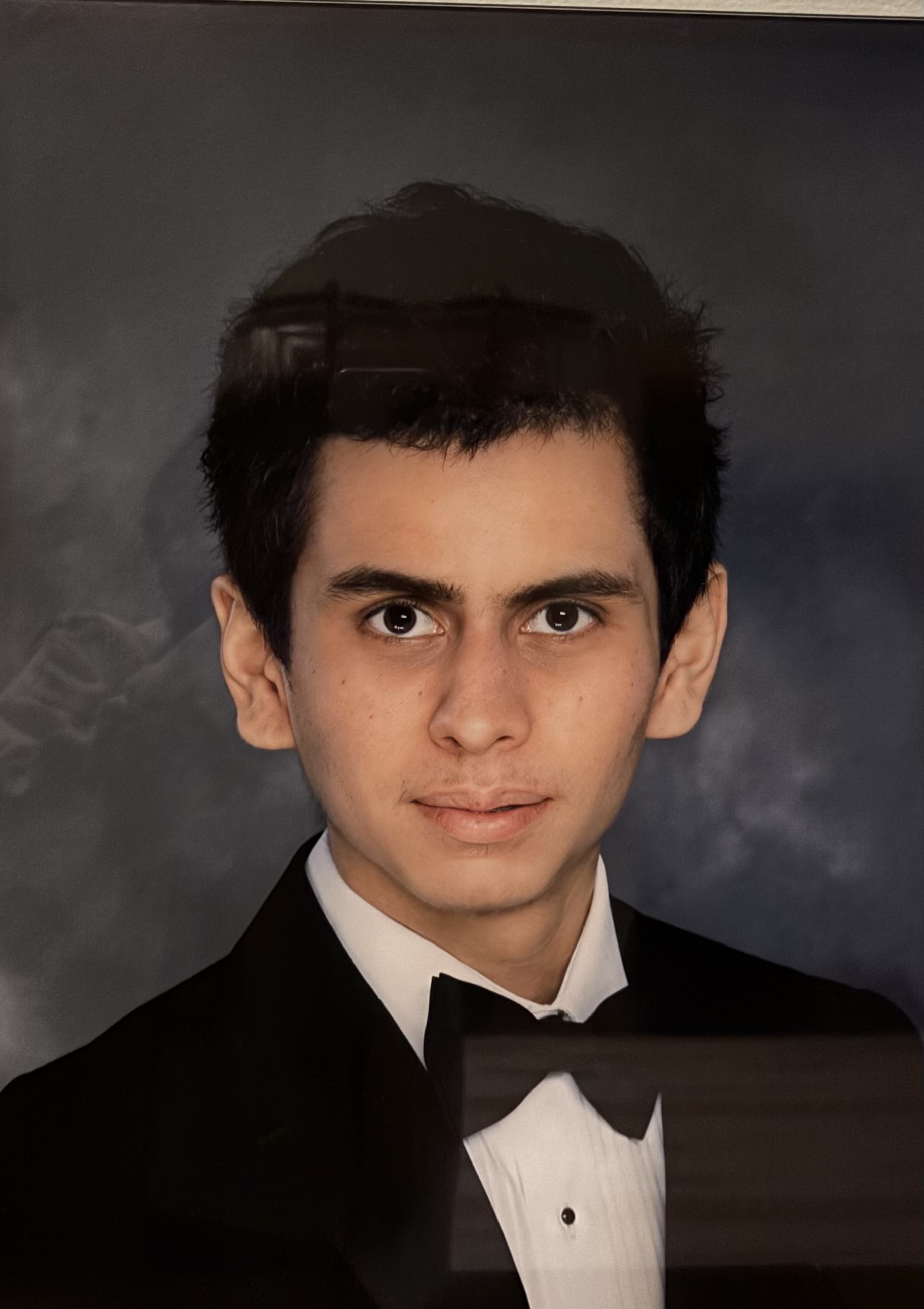
BIO
Joey Fishback is second year math major from West Palm Beach Florida. He is drawn to the aesthetics, rigor and relationships that math and FSU's math department offer "the people are the best part of math department". In his free time he enjoys, playing piano -both classical and jazz- and practicing with FSU club ultimate team. In the future he hopes to one day become a professor, to learn what it means to become a part of the living breathing body which is modern mathematics and to share that with others.
Comparing PINN to classical methods
Authors: Joey Fishback, Mark SussmanStudent Major: Mathematics
Mentor: Mark Sussman
Mentor's Department: Mathematics Mentor's College: Arts and Sciences Co-Presenters:
Abstract
Physics Informed Neural Networks “PINN” developed by Maziar Raissi, Paris Perdikaris, George Em Karniadakis is a neural network architecture which includes physical laws - often in the form of an ordinary differential equation (ODE) or partial differential equation (PDE)- in the loss function. This research compares solutions of ordinary differential equations using PINN to classical methods such as RK4, RK6, forward Euler, backward Euler. The benefits and significance of PINN, lies in its mesh free nature and its effectiveness with limited training data as opposed to purely data driven approaches. To demonstrate using the ODE y’ = y with initial conditions y(0) = 1 we 1: find/create classical methods 2: create a PINN 3: compare them based on ease of implementation, accuracy and efficiency. Previous research on PINN suggests that in higher dimensional cases PINN will have an advantage over classical methods.
Keywords: math, Pinn, neural networks, computers
25th annual Undergraduate Research Symposium, April 1, 2025
Glenis Mendoza Poster Session 1: 9:30 am - 10:30 am/ Poster #104
BIO
I am born and raised in Miami, FL. I am a first-generation students. I hope to someday work in the orthopedic medical world helping rehabilitate patients to the quality life everyone deserves.
Spanish Linguistics and Analysis: Colombian Dialect Vs. Andean Dialects
Authors: Glenis Mendoza, Yeimy RobertoStudent Major: Biology
Mentor: Yeimy Roberto
Mentor's Department: Hispanic Linguistics Mentor's College: Arts and Sciences Co-Presenters:
Abstract
Linguistics is an essential study for the preservation of not only flourishing languages with substantial populations of speakers but also languages that may be dead. This can be done by studying the different regional dialects that exist and exploring the history behind the formation of the dialect. The research aims to explore the different linguistic properties and intonations of Columbian Spanish (Dialect). Exploring the roots of the dialect within the native Quechua language by comparing dialect intonations and other identifying qualities with the hope to explore the creation of different dialects and how it can help preserve history. To analyze the Spanish dialect of a specific region in Colombia, samples were taken of multiple participants repeating and stating 80+ phrases explicitly crafted to highlight intonation. The phrases were analyzed through a vocal analyzer known as Praat, which can break down words, syllables, tones, and BI. The results are expected to show that the audio collected from participants will display a unique dialect from other Spanish speakers in Colombia. The data will also show unique and undeniable similarities to the previously present Quechua community. This study is significant in that it discusses the preservation of language dialects and the way they are spoken. These dialects can be formed by the rich history of the land, which would allow language researchers to better understand how languages should be studied as fragments rather than simply as one correct way of speaking.
Keywords: Spanish, Dialects, Linguistic, Analysis
25th annual Undergraduate Research Symposium, April 1, 2025
Ava DeMaio Poster Session 1: 9:30 am - 10:30 am/ Poster #20

BIO
My name is Ava DeMaio. I am from New Haven, Connecticut. As a psychology major, my research goals combine clinical and social psychology to explore how various environments, whether social or professional, may affect mental health. I hope to go on to earn my PhD in Clinical Psychology, where I will further my study in these areas.
Virtual Reality and Suicide: Assessing Risks for Researchers
Authors: Ava DeMaio, Sara ProstkoStudent Major: Psychology
Mentor: Sara Prostko
Mentor's Department: Department of Psychology Mentor's College: Florida State University Co-Presenters:
Abstract
The Interpersonal Theory of Suicide states that individuals act on suicidal desire when they have the capability to do so (Joiner, 2005). Recent studies have used virtual reality (VR) to examine suicide, with findings suggesting VR suicide exposure does not cause negative psychological effects (Huang et al., 2020; Huang et al., 2021). However, the impact on suicide researchers remains unexplored. Given that crisis workers (e.g., physicians) exhibit higher rates of suicidal ideation due to repeated exposure to provocative work events, it is crucial to investigate whether VR suicide research increases suicide risk. These VR studies often require researchers to virtually die by suicide multiple times over several weeks to complete numerous test runs of the trial for training purposes and before recruitment. We will recruit 20 individuals who research suicide. After consent procedures, participants will complete pre-exposure questionnaires assessing fearlessness about suicide and death. Participants will then complete four VR suicide scenarios, randomized via a balanced Latin Square Design. Between each scenario participants will be asked how disturbing and uncomfortable each scenario was. After all four scenarios, participants will retake the fearlessness about death and fearlessness about suicide questionnaires in Qualtrics. This process will be repeated two more times at least one week apart. A repeated measure ANOVA will compare pre- and post-exposure suicide capability scores to determine the psychological impact of prolonged VR suicide exposure.
Keywords: Virtual Reality, Suicide, Risk for Researchers
25th annual Undergraduate Research Symposium, April 1, 2025
Joanna Gerges Poster Session 2: 10:45 am - 11:45 am/ Poster #145
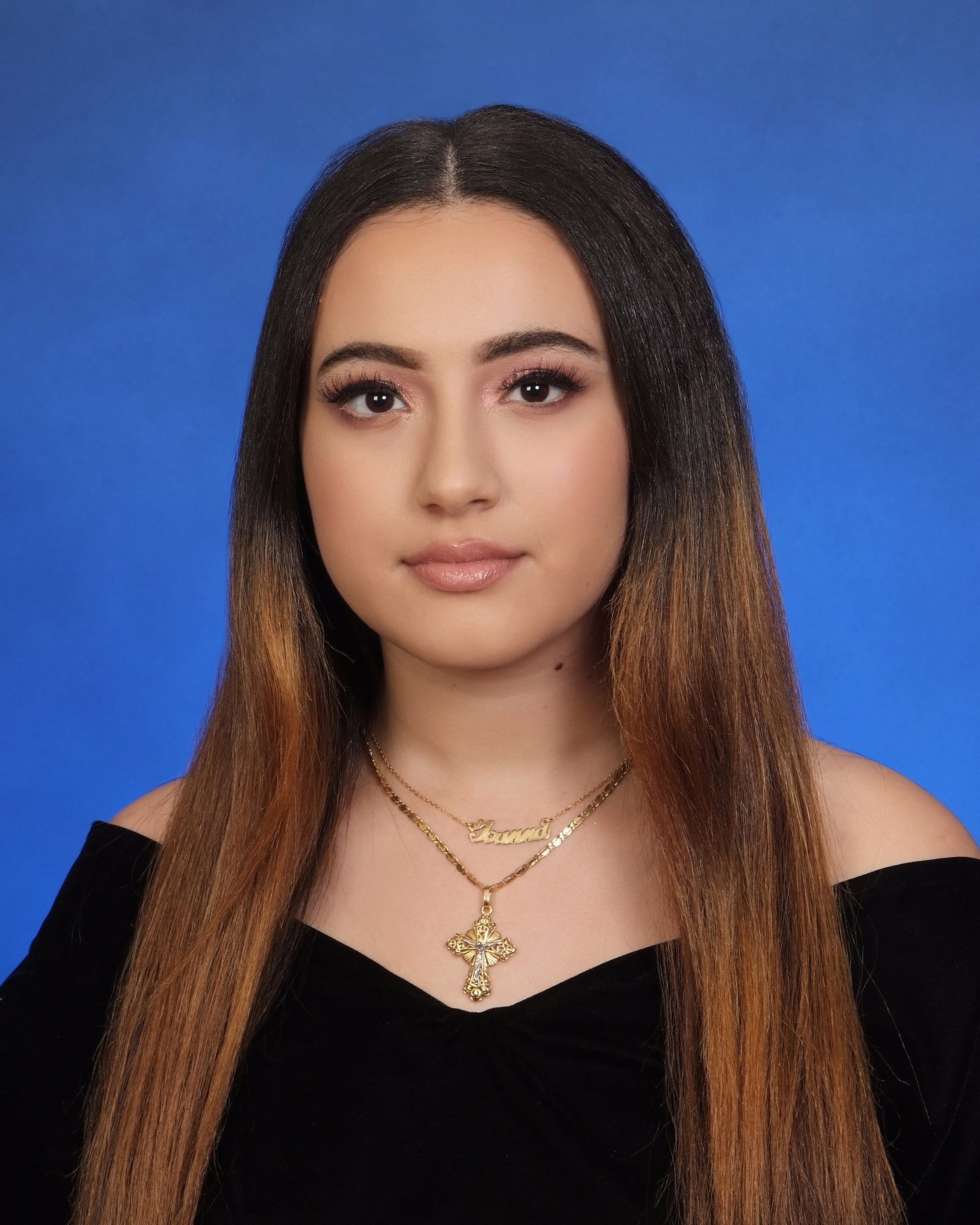
BIO
Hi everyone! My name is Joanna Gerges, I am a sophomore majoring in Behavioral Neuroscience and Speech Pathology with plans on attending an MD or MD.PhD program. I’m from Miami, Florida, and have always been curious about the brain and human behavior. My passion for research began in the fall of my freshman year here at FSU, and since then, I’ve had the privilege of working in the labs of Dr. Maner, Dr. Martin, and Dr. Hammock. Through these experiences, I’ve developed a deep interest in neurobiological research, which I hope to further as a neurologist. My current project in Dr. Hammock’s lab, “Optimizing Genotyping: A Rapid and Less Invasive Alternative to Tail Clipping in Mice.” aims to create a more sustainable, humane, and efficient genotyping protocol for mice. Beyond my research, I am actively involved in the community as a FSU Service Community Ambassador for Neighborly, a nonprofit supporting refugees in Tallahassee. I also serve as a Learning Assistant for Biological Sciences 2 (BSC 2011). I’m excited to continue my journey and am eager to see where my research and community work take me!
Optimizing Genotyping: A Rapid and Less Invasive Alternative to Tail Clipping in Mice
Authors: Joanna Gerges, Dr. Elizabeth HammockStudent Major: Behavioral Neuroscience & Speech Pathology
Mentor: Dr. Elizabeth Hammock
Mentor's Department: Department of Psychology Mentor's College: Emory University Co-Presenters:
Abstract
Traditional genotyping in mice for PCR protocols using tail clipping involves removing a small piece of the tail, a potentially painful method requiring 24–34 hours, including 24 hours for digestion. Research suggests that toothpick sampling offers a time-saving alternative with sufficient DNA purity and concentration for PCR amplification, as demonstrated in forensic studies (Rizky et al., 2022). Additionally, sterile toothpicks can transfer bacterial colonies directly into PCR mixtures, enabling amplification without extraction while maintaining high specificity and yield (Woodman et al., 2018). This method reduces processing steps and shortens the time from collection to analysis. This study aimed to evaluate the efficiency and validity of using a sterile toothpick to less invasively collect epithelial tissues for DNA sampling in mice, followed by PCR analysis, and to assess protocol consistency. We tested this approach for genes Oxt, Oxtr, Avpr1a, and transgenes fxOxtr and Oxtr-Cre. Rectal epithelial samples were collected using bamboo toothpicks, placed into PCR strip tubes, and mixed with 2μl of lysis buffer. Toothpicks were swirled in both directions on ice before removal. The strips were then processed in a thermal cycler, followed by gel electrophoresis. Results were compared to prior tail-sample genotyping to confirm accuracy. Early findings suggest this method is well tolerated by mice and is a promising, rapid, low-cost alternative for DNA collection. Further validation is required to ensure reproducibility across different protocols, but this approach has the potential to enhance efficiency and reduce stress in laboratory genotyping.
Keywords: polymerase chain reaction, neuroscience, mice, oxytocin, genetics
25th annual Undergraduate Research Symposium, April 1, 2025
Andy Gonzalez Poster Session 4: 3:00 pm - 4:00 pm/ Poster #18
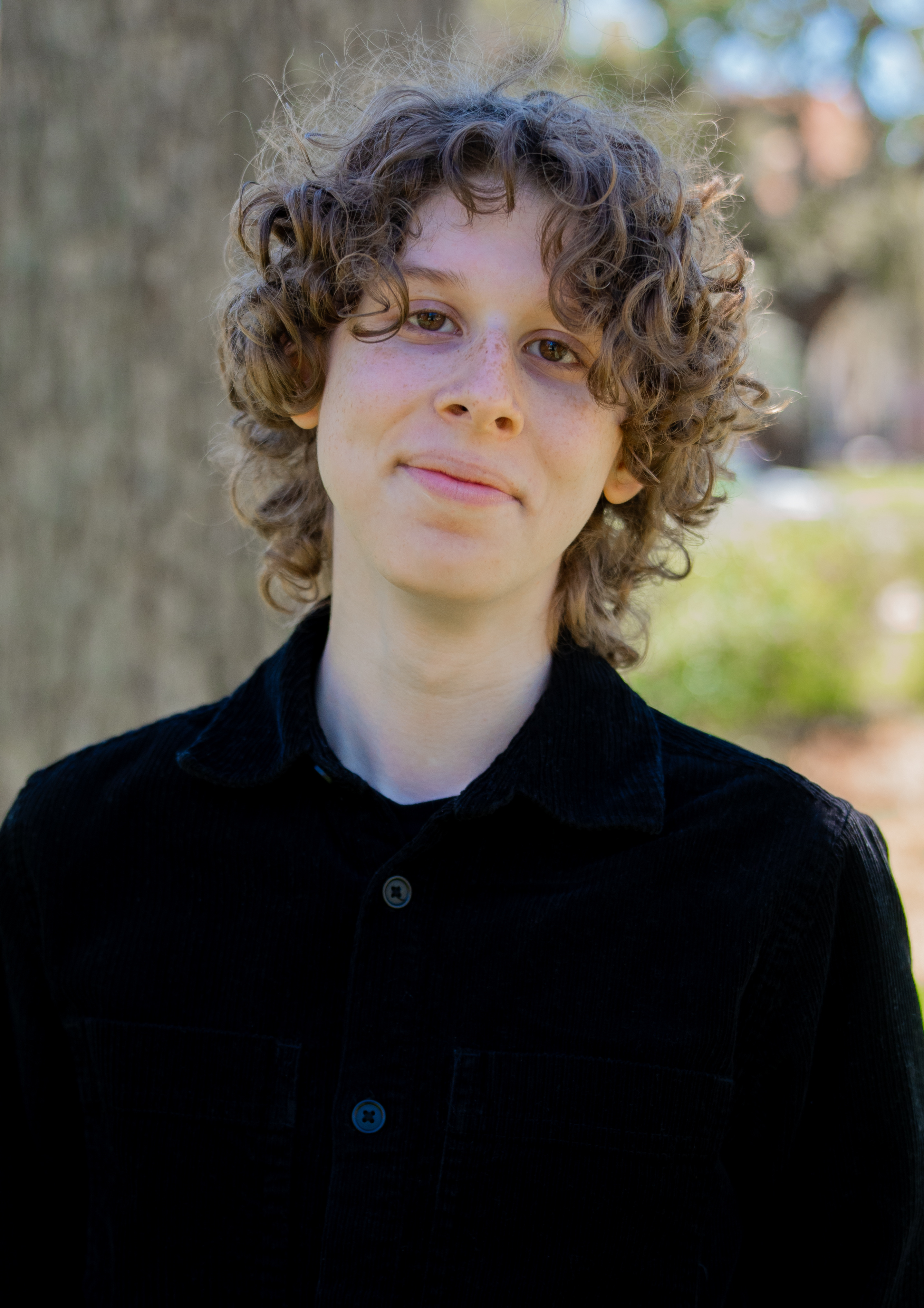
BIO
Hi! I'm Andy Gonzalez, and I'm currently studying Computer Science at Florida State University. I was born in Panama City, Panama, spent my early childhood in Tampa, and later returned to Panama City for my more formative years. My research interests broadly include machine learning, computer vision, gesture sensing, and particularly their applications to biological and health-related phenomena. After graduation, I plan to pursue a PhD in Computer Science to further refine my research skills and eventually lead a research lab of my own. In my free time, you can usually find me catching a movie at the Student Life Cinema, reading at Dirac Library, or hanging out at the CS Majors Lab.
Bringing Large Language Models to Wireless Sensing
Authors: Andy Gonzalez, Dr. Xin LiuStudent Major: Computer Science
Mentor: Dr. Xin Liu
Mentor's Department: Department of Computer Science Mentor's College: College of Arts and Sciences Co-Presenters:
Abstract
Wireless networks are fundamental for communication, enabling devices to connect seamlessly. Beyond communication, they also serve a dual purpose by supporting sensing capabilities. Through the analysis of wireless signals’ interactions with the environment, such as reflections, attenuations, and changes caused by objects or human presence. These networks can be leveraged for applications like human activity recognition, environmental monitoring, and health tracking, all without requiring wearable devices. Traditional approaches rely on multiple complex algorithms, such as the MUSIC algorithm and deep neural network, to transform raw Channel State Information (CSI) into 2D heatmaps, then into human mesh sequences, before predicting actions. This multi-layered architecture requires a lot of computational resources. To address this challenge, we propose a novel framework that integrates large language models (LLMs) into wireless network-based human action recognition. Our method eliminates the need for complex intermediate steps by directly converting CSI data into short video clips of BVP heatmaps. These clips are then processed using a Large Language and Vision Assistant (LLaVA) with a built-in video encoder. Through fine-tuning on the Widar3.0 dataset, our approach achieves a remarkable improvement in recognition accuracy—from approximately 6.37% to nearly 50%—while significantly reducing computational overhead. This streamlined design highlights the potential of combining network-sensed signals with vision-based language models, providing a fast, non-invasive solution for monitoring human activities in diverse environments. Our results underscore the promise of leveraging wireless signals and advanced language–vision architectures to develop robust and scalable sensing applications.
Keywords: Wireless Sensing, Large Language Models (LLMs), Machine Learning, Artificial Intelligence


